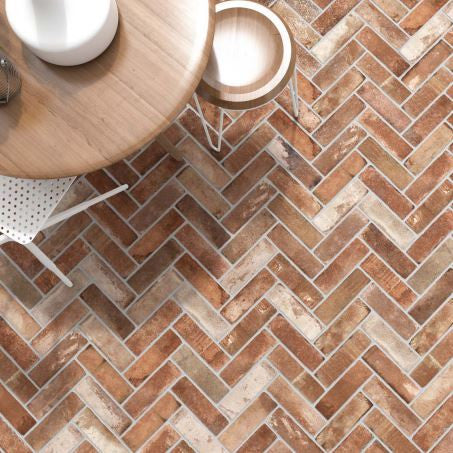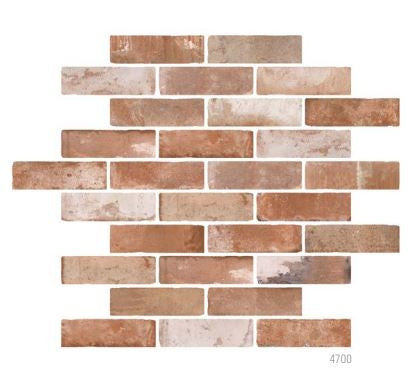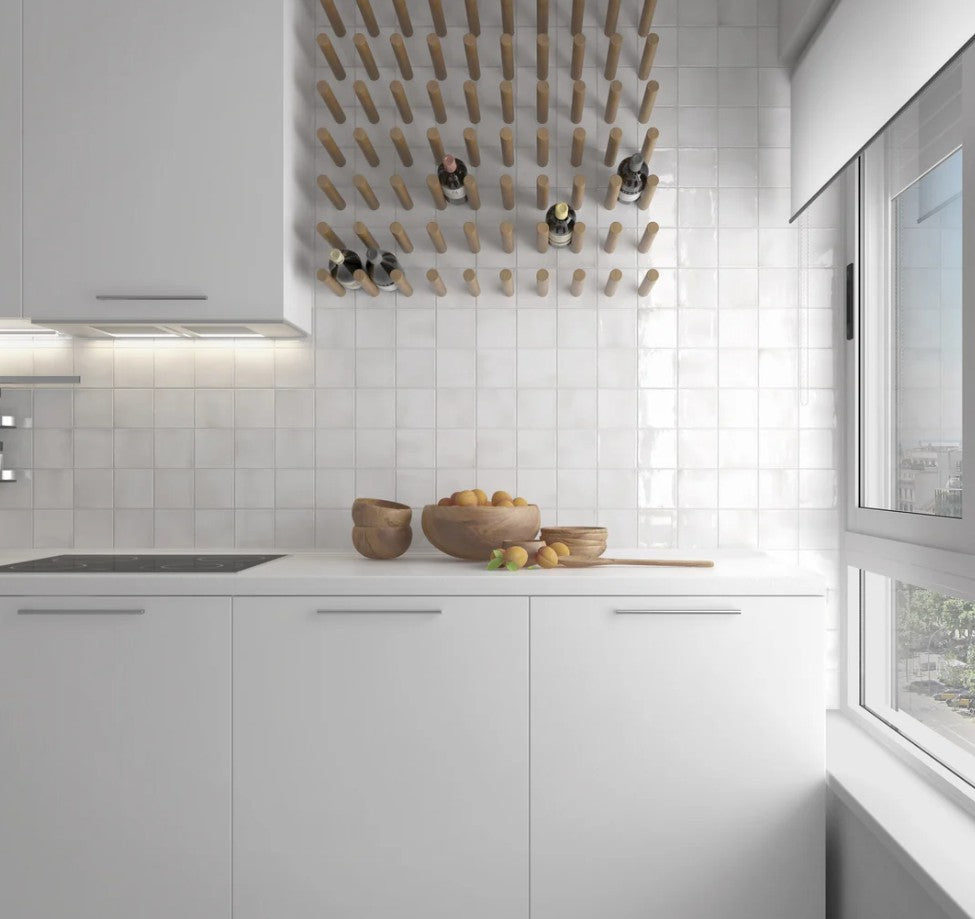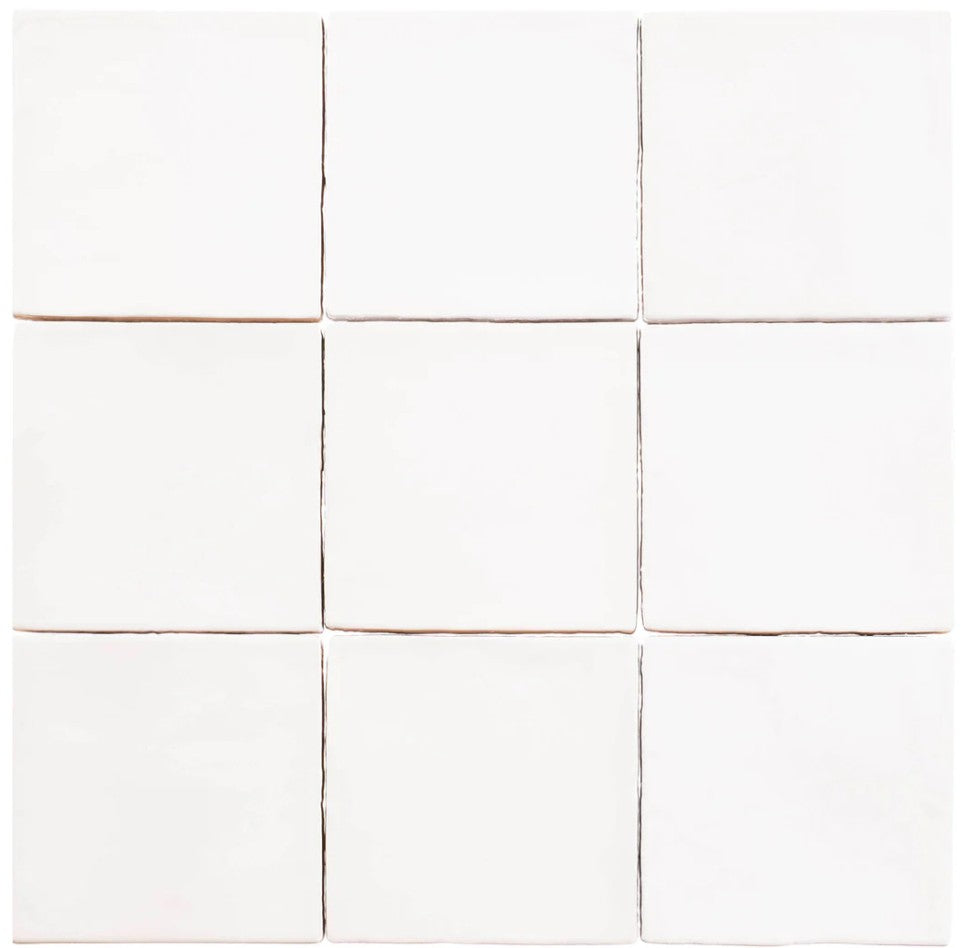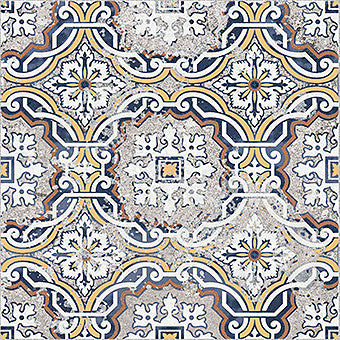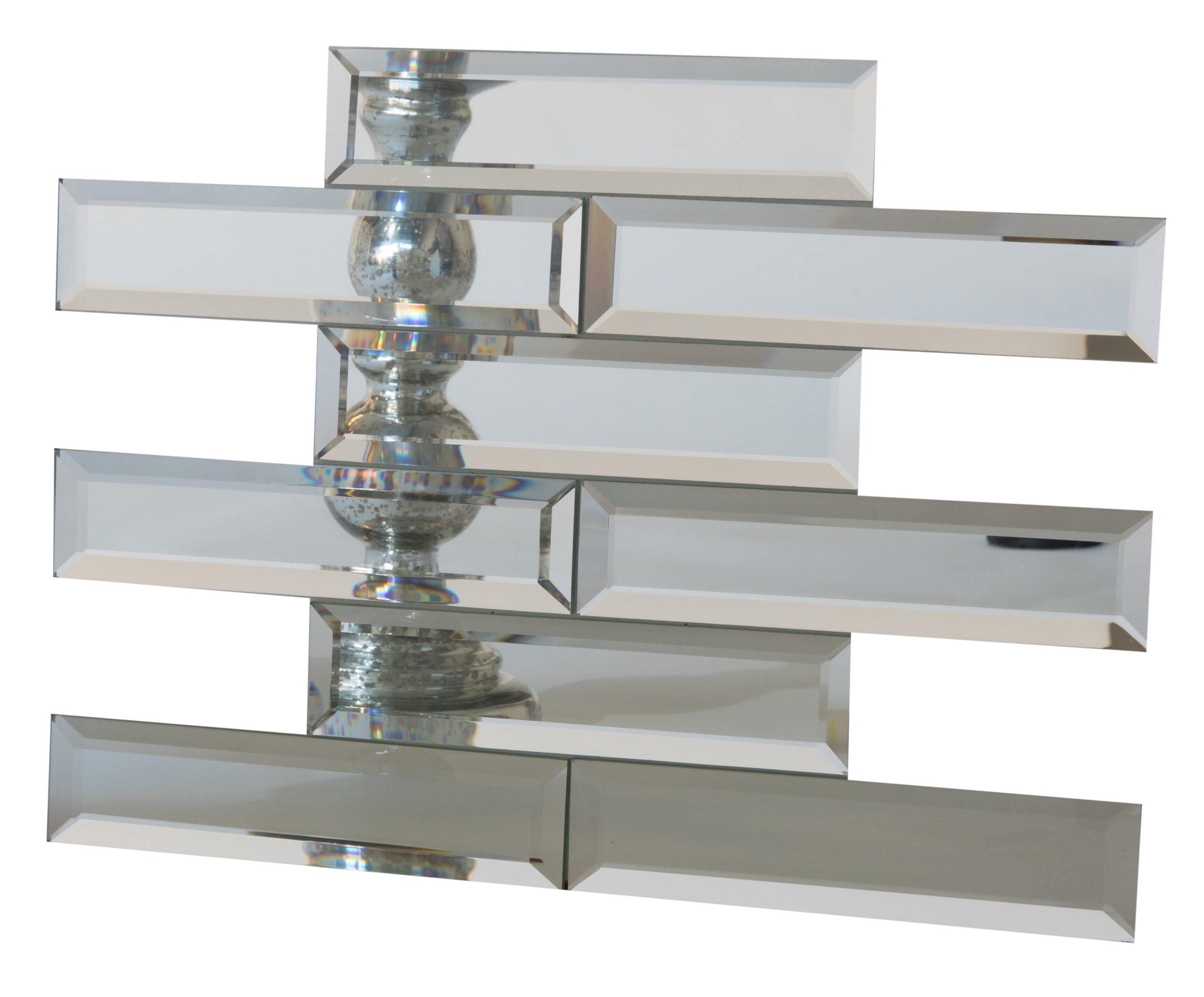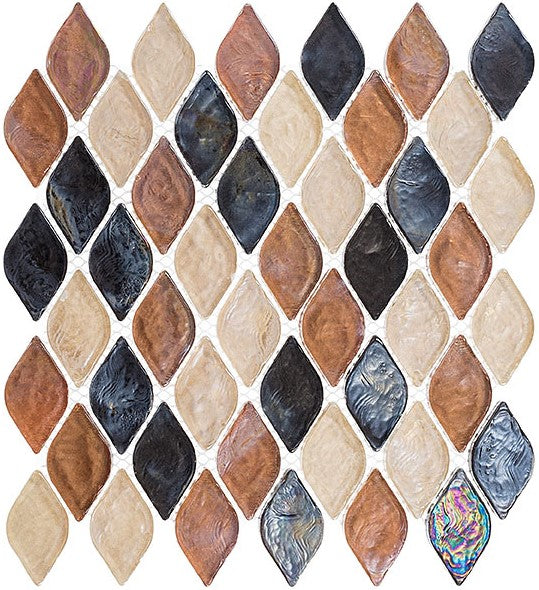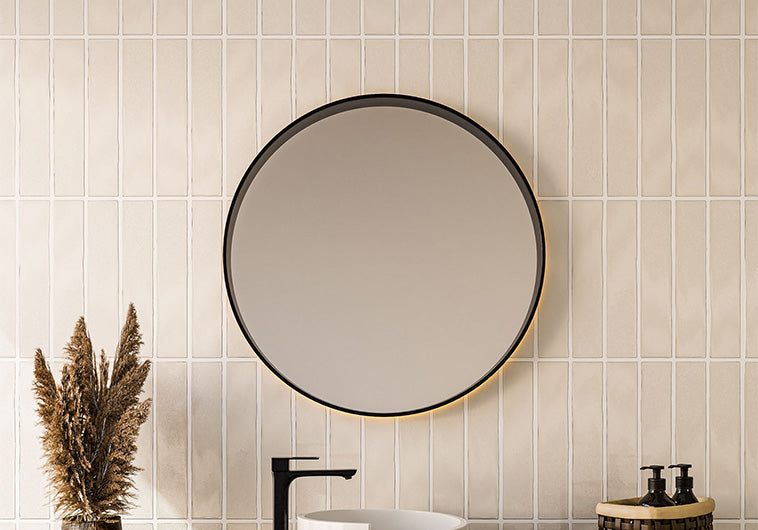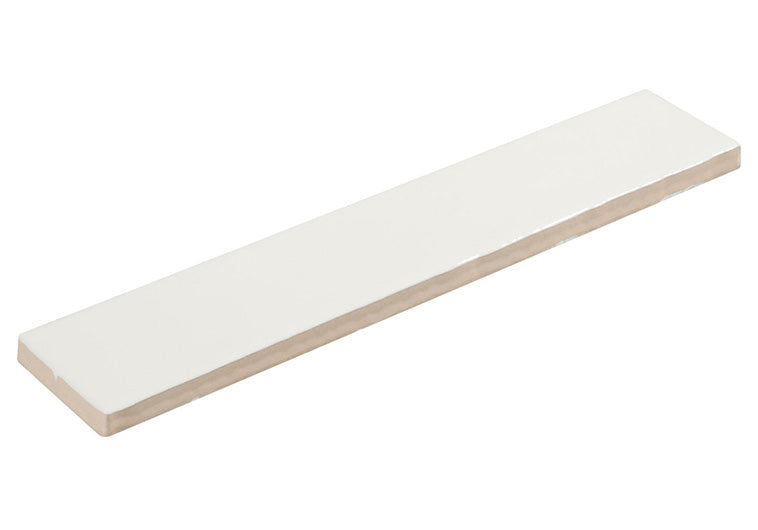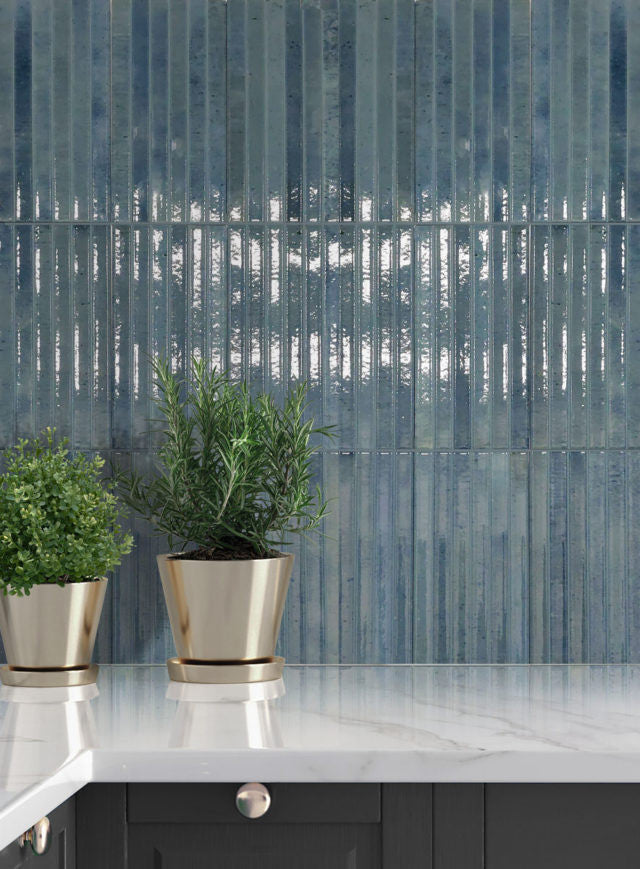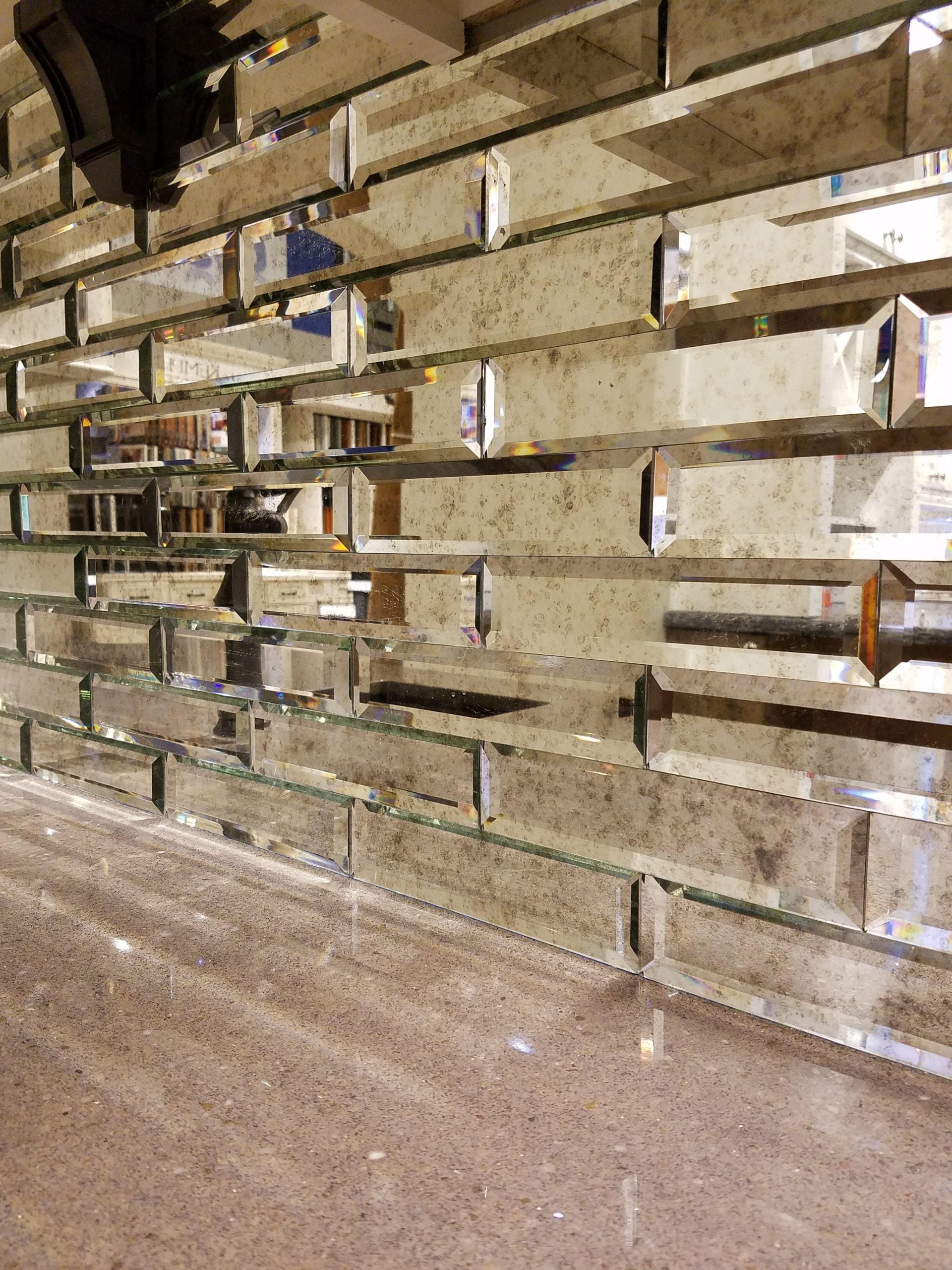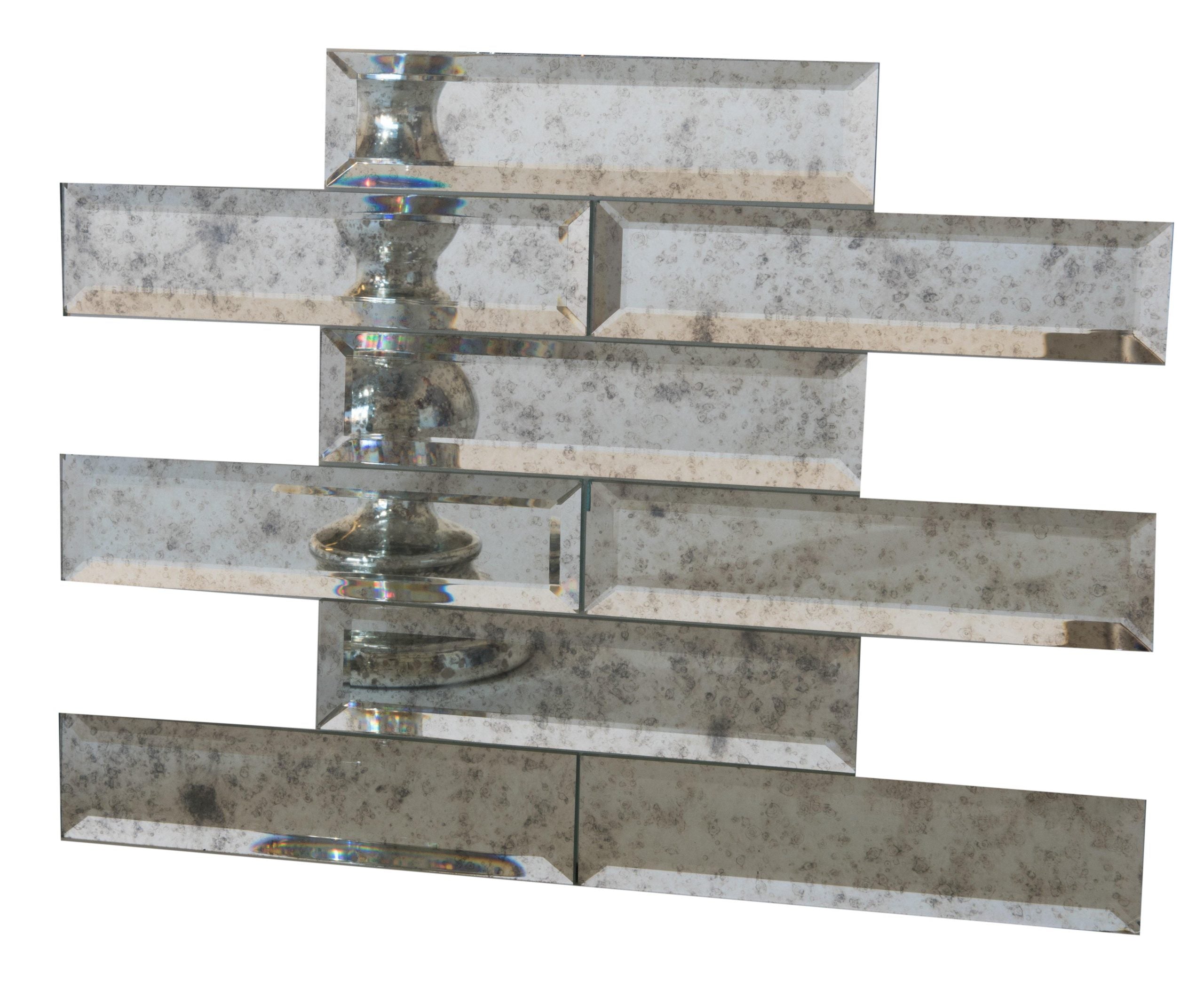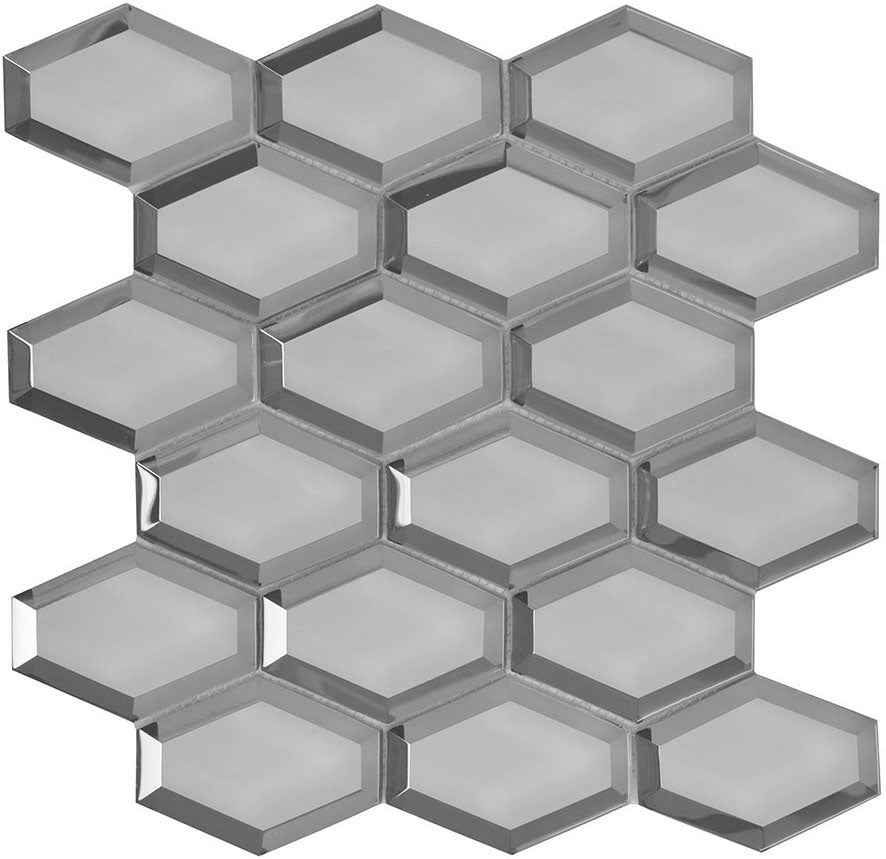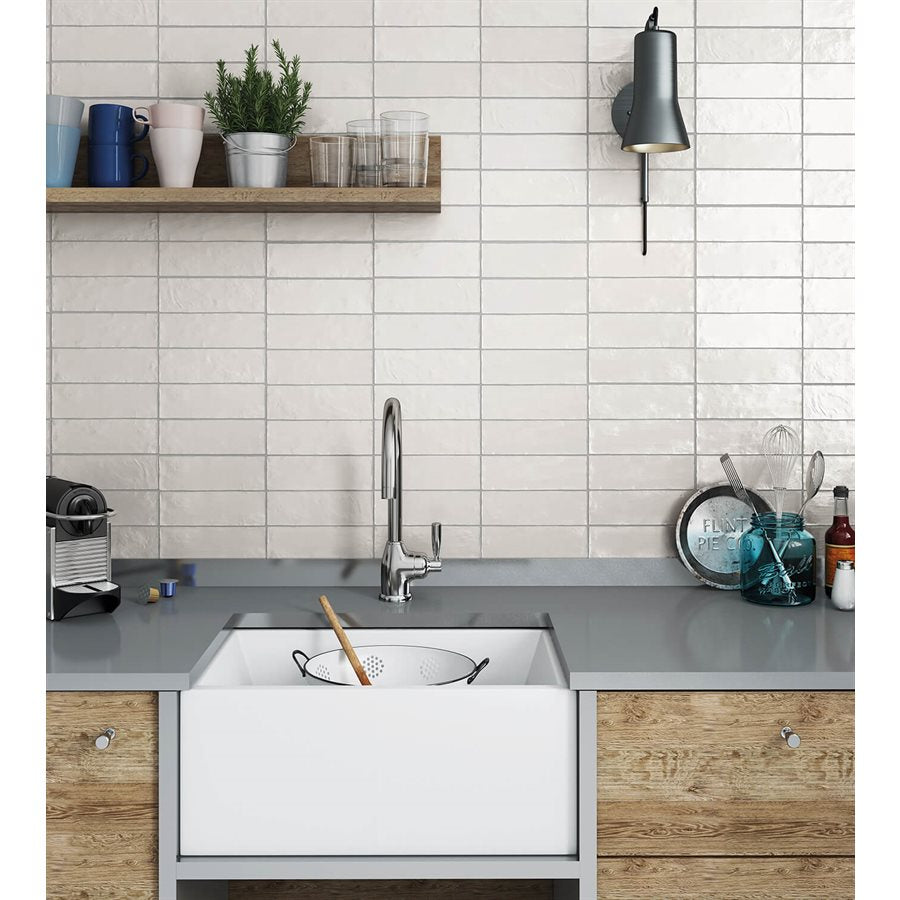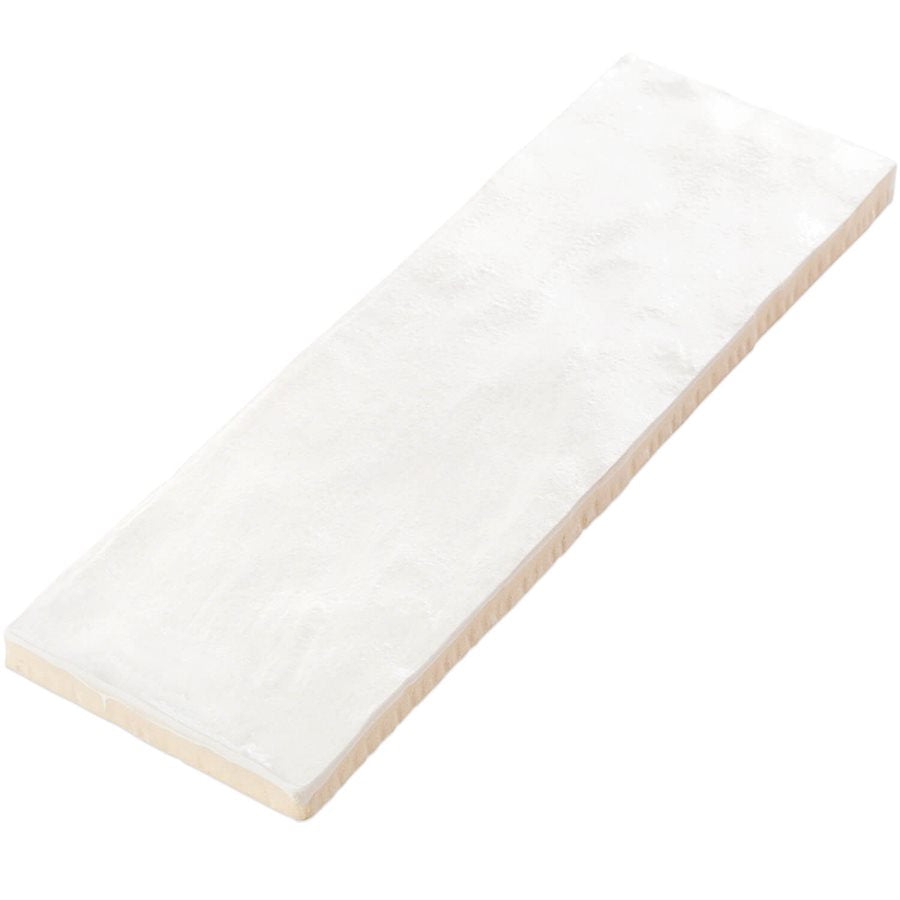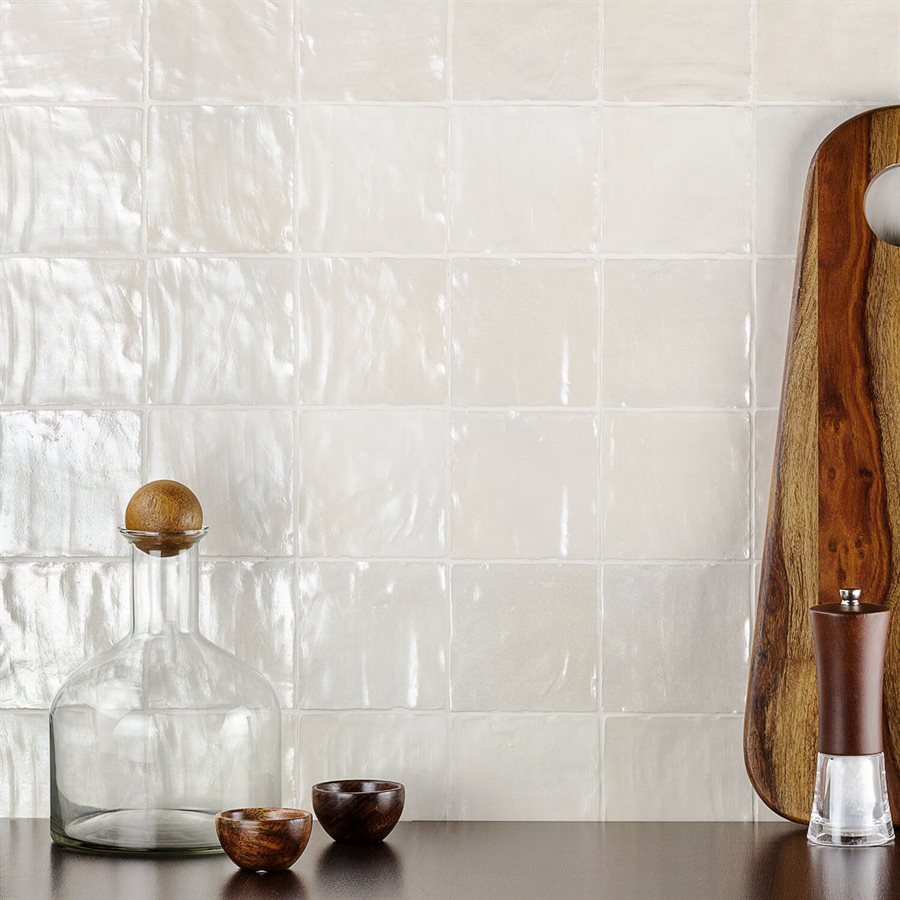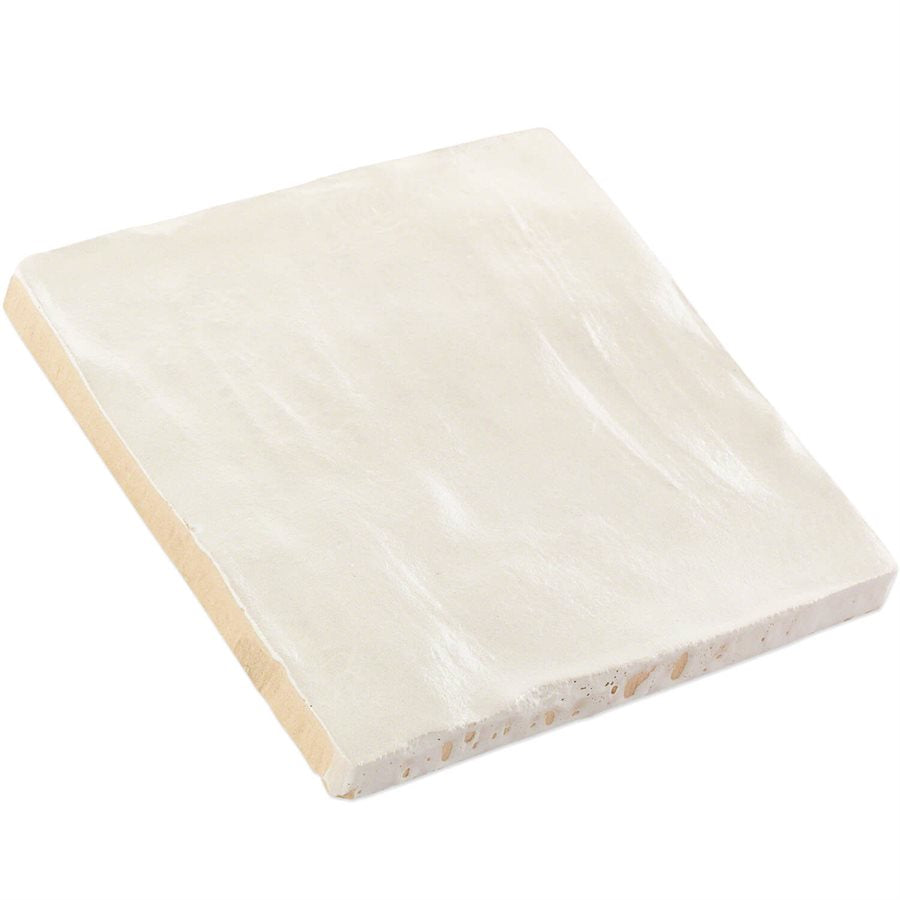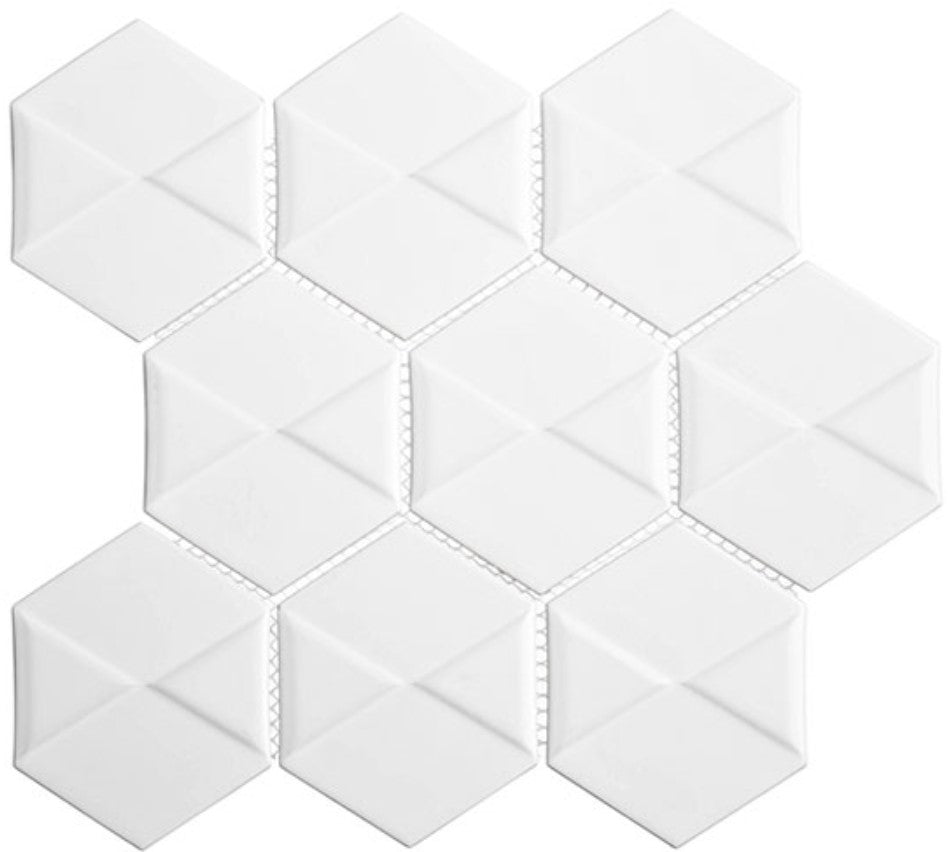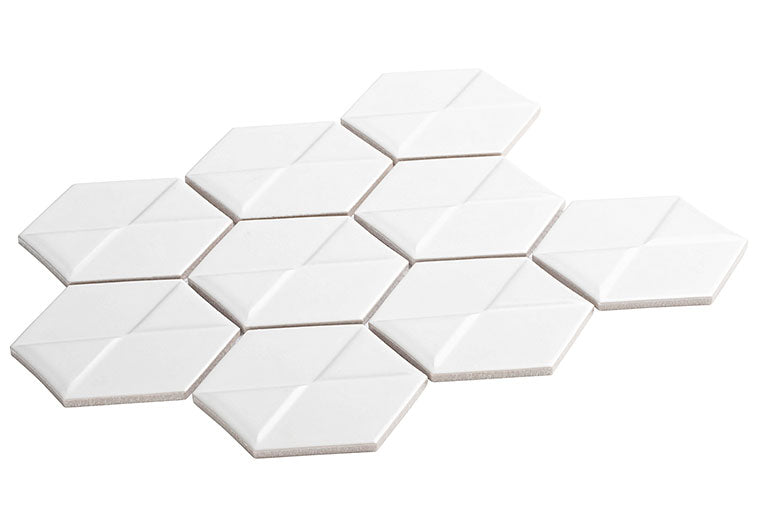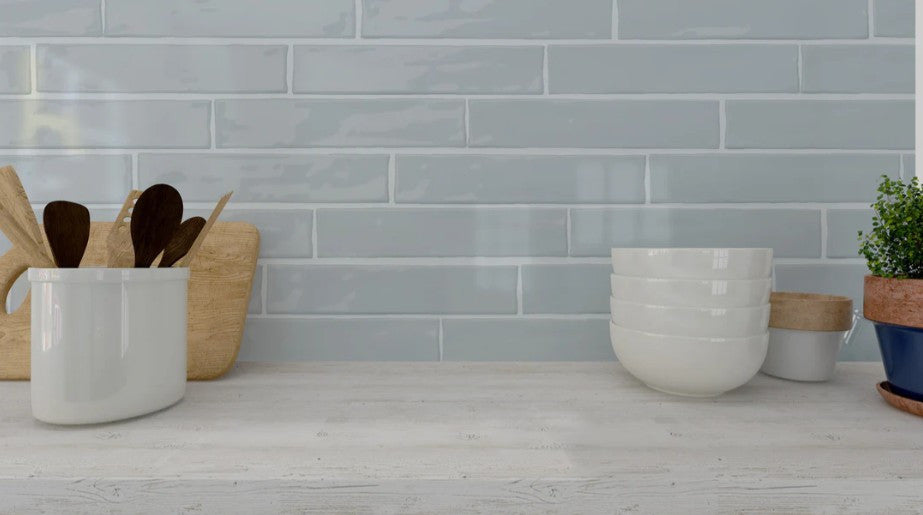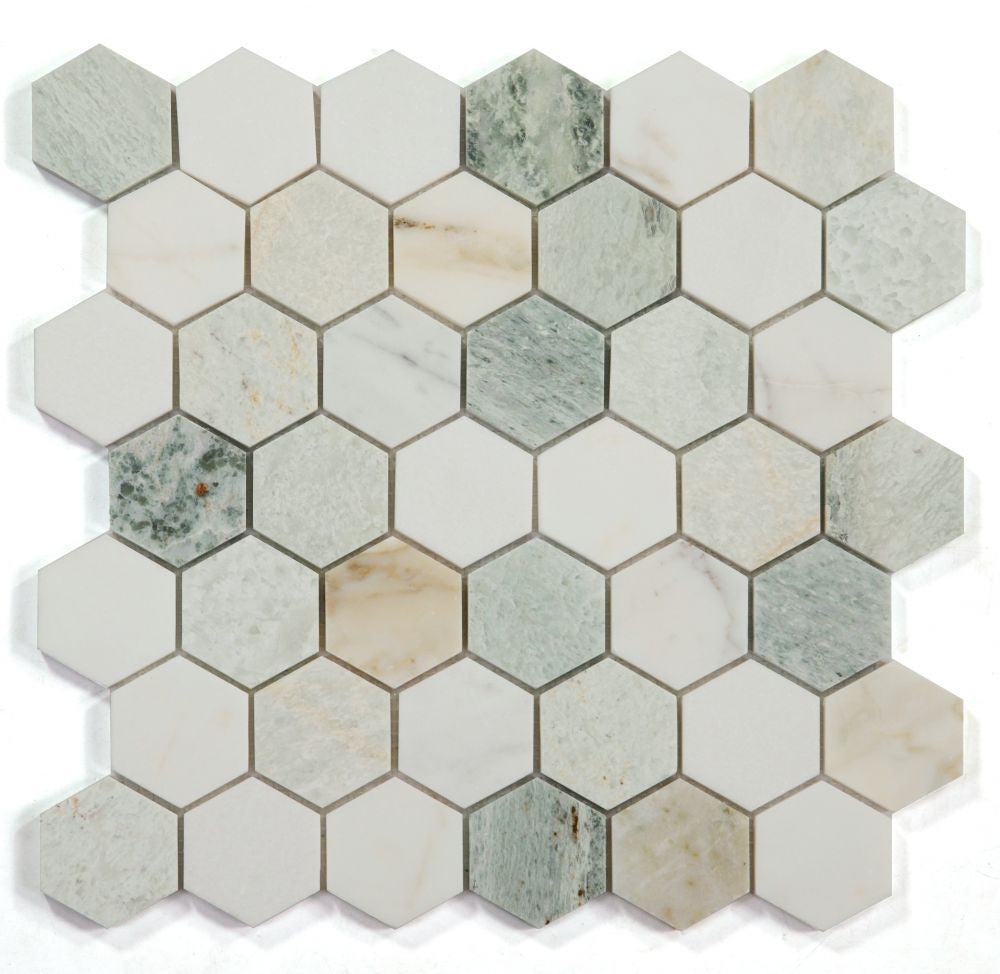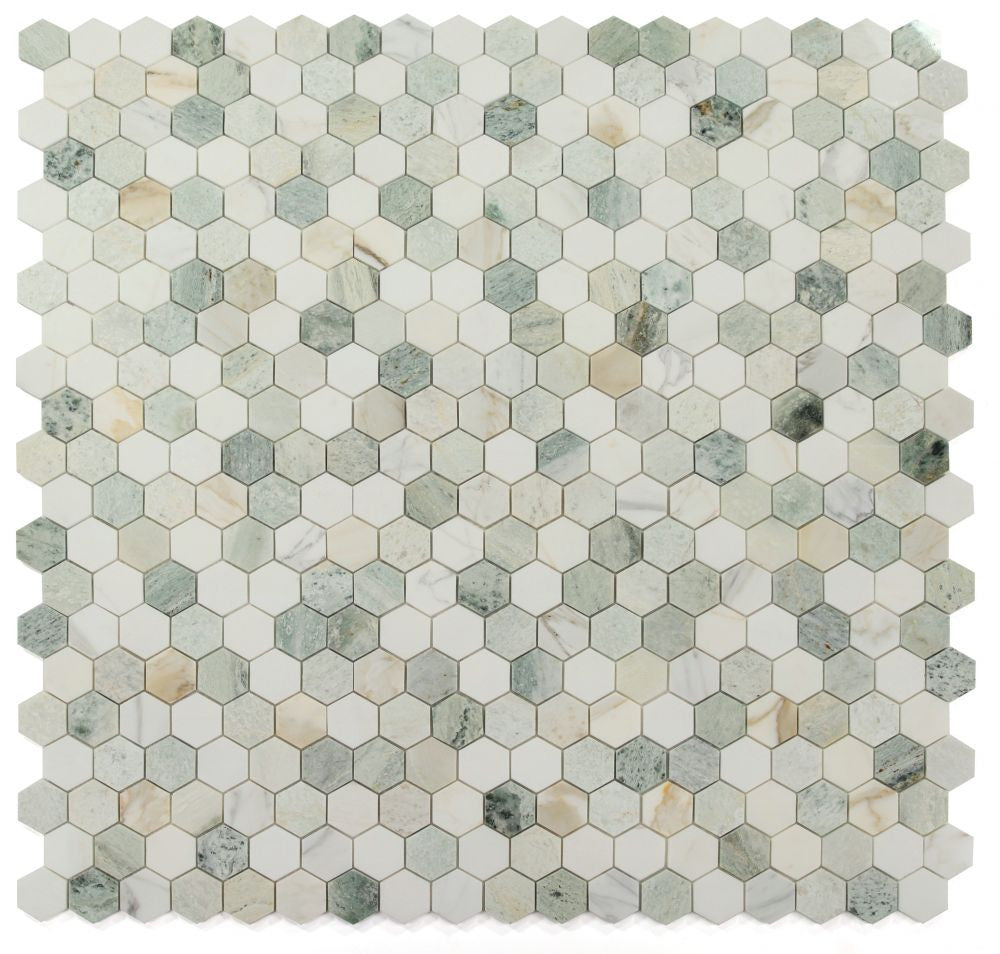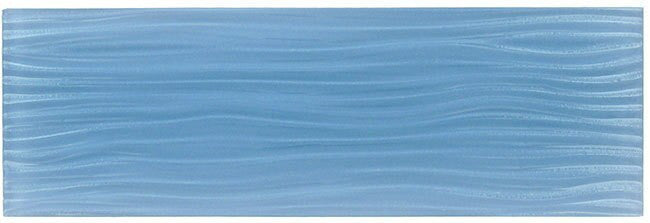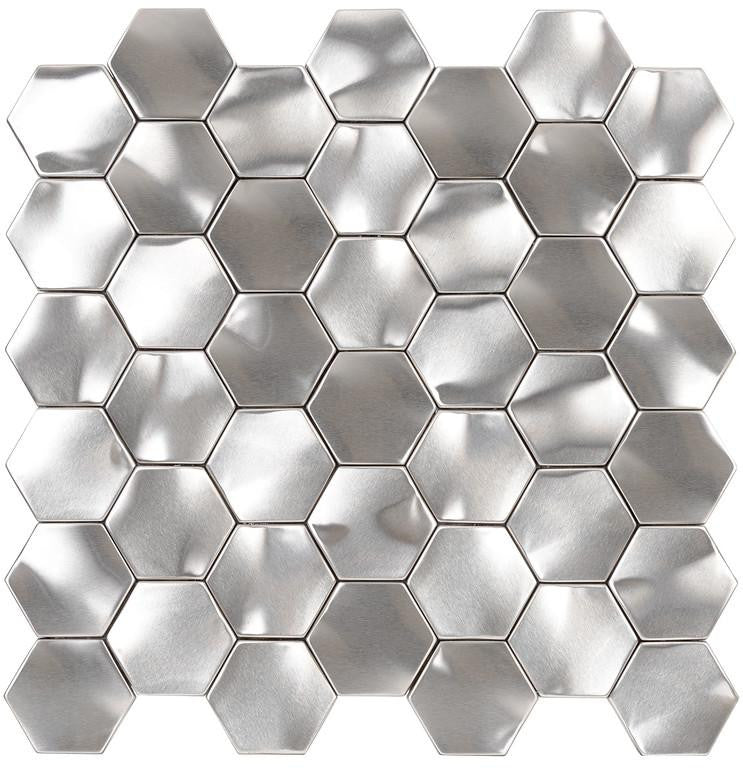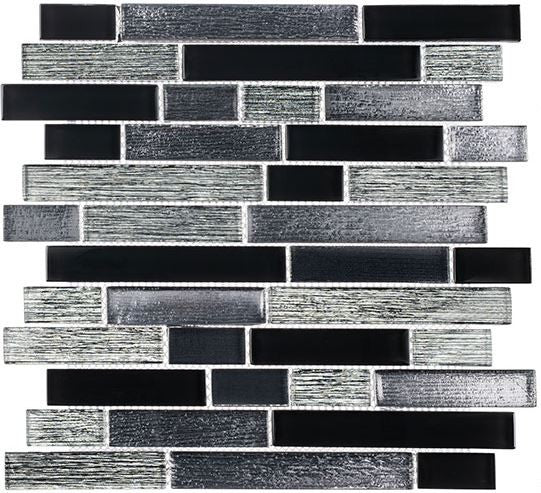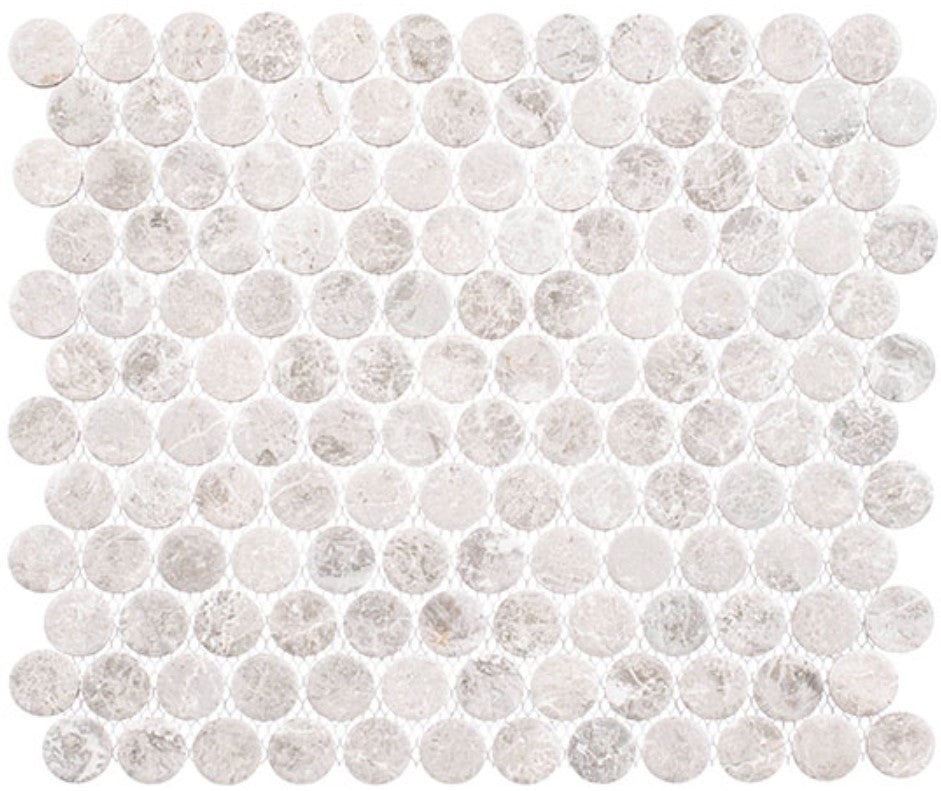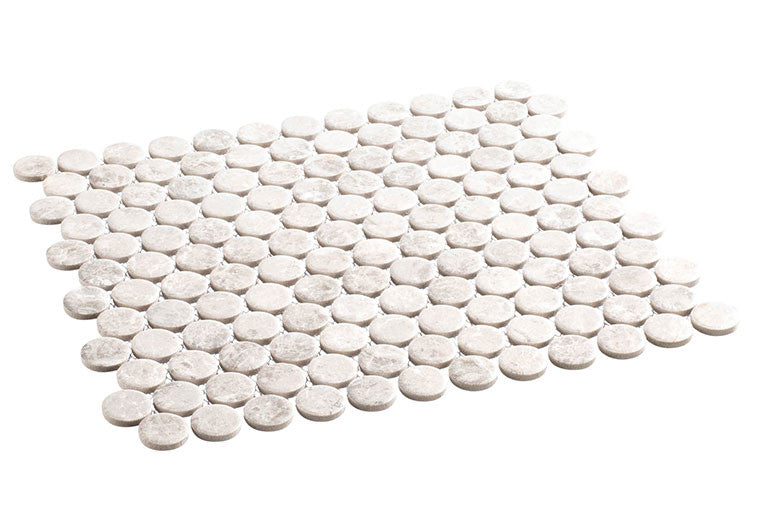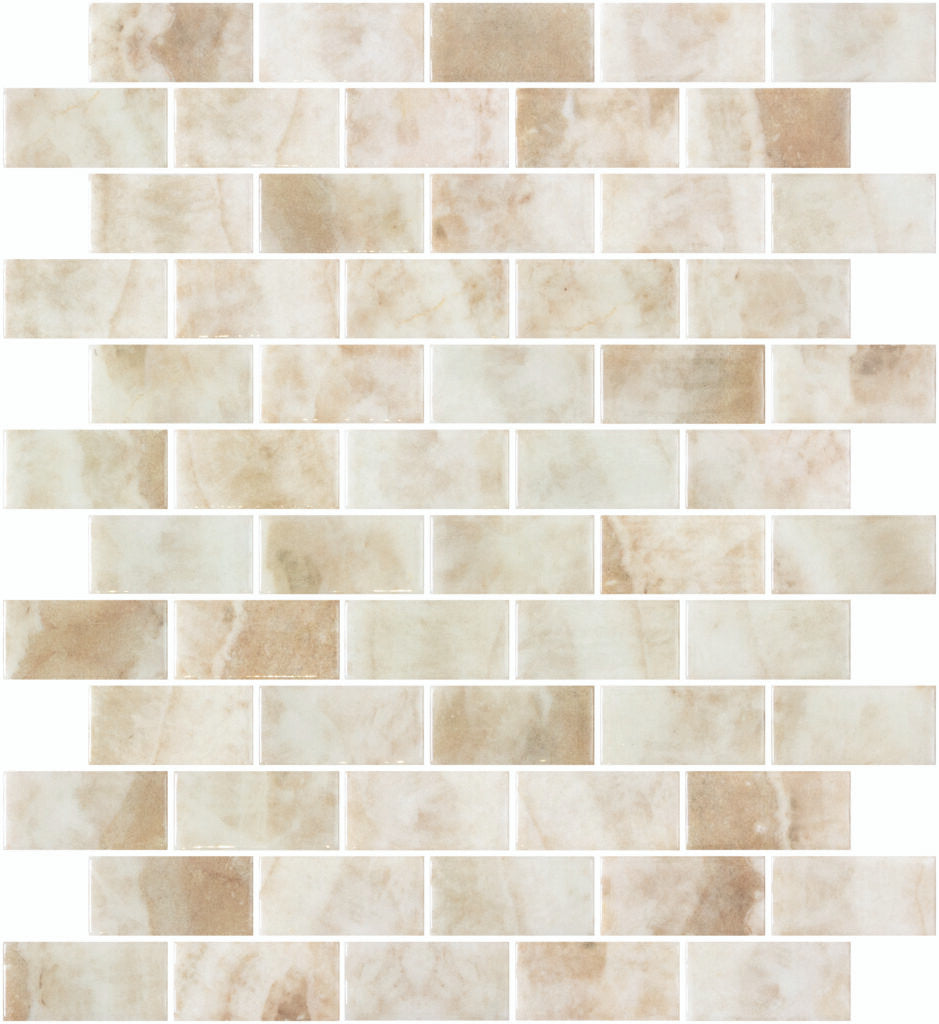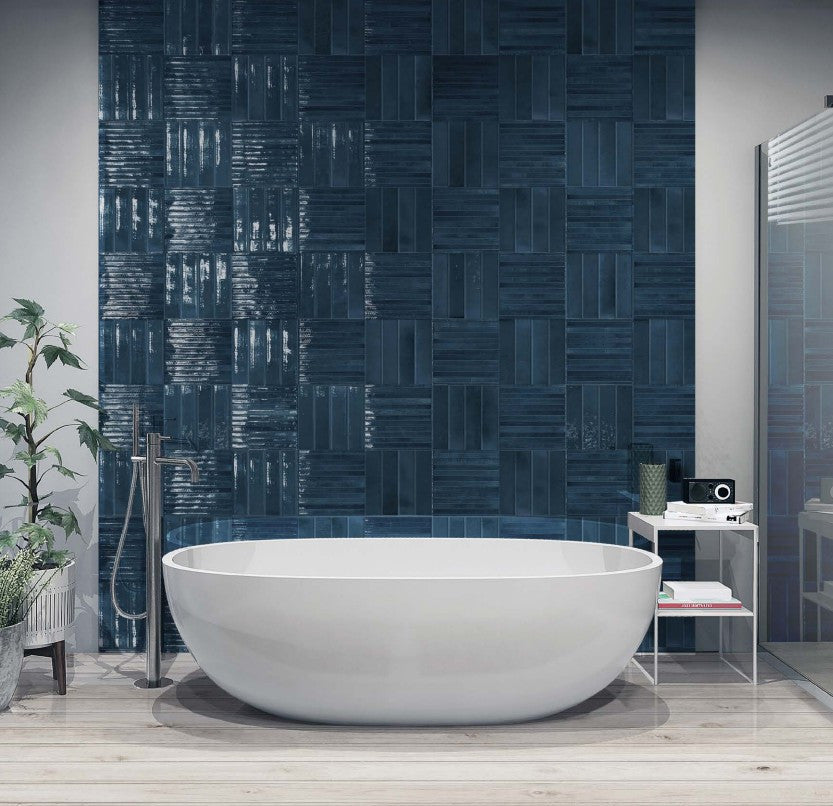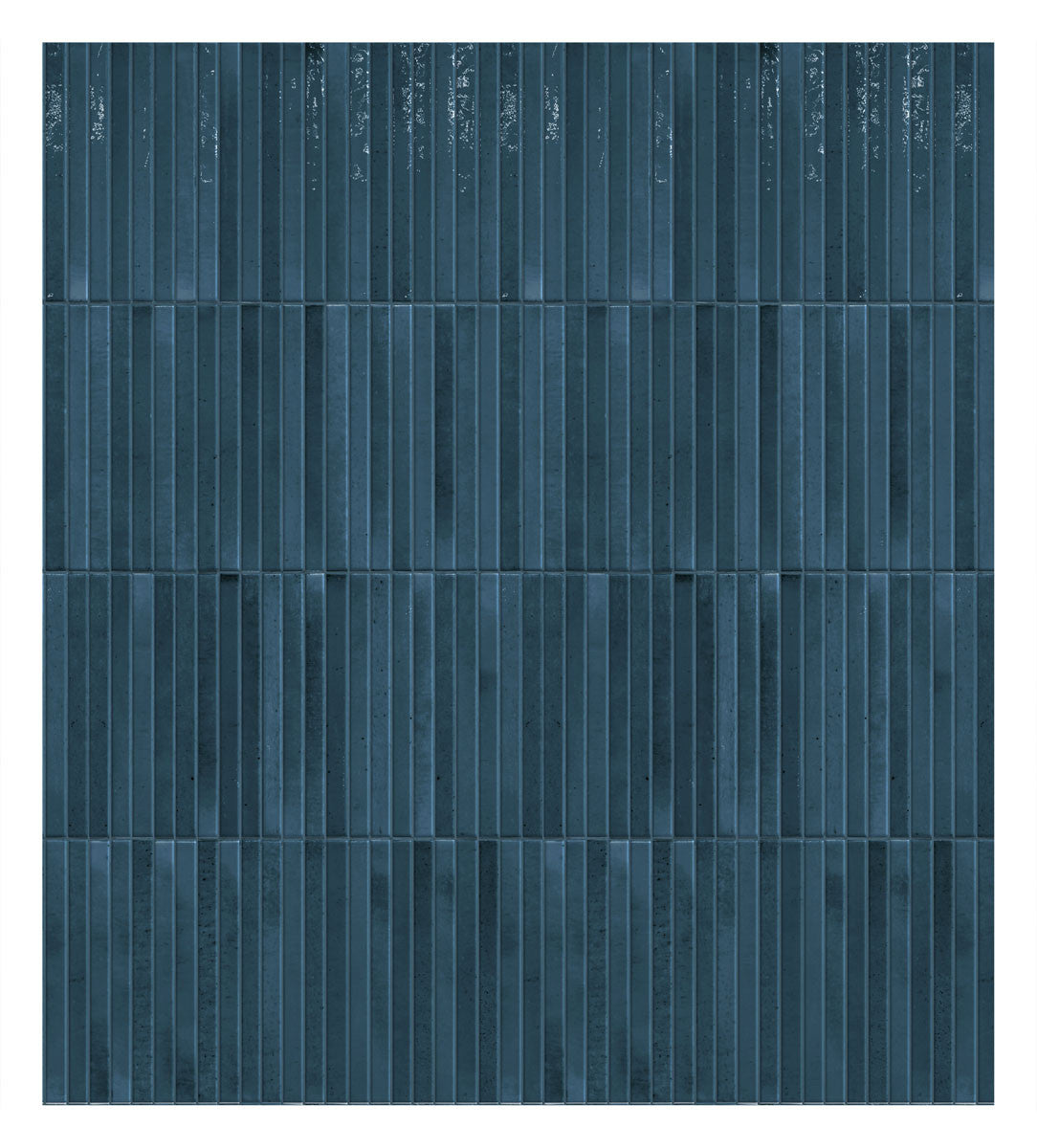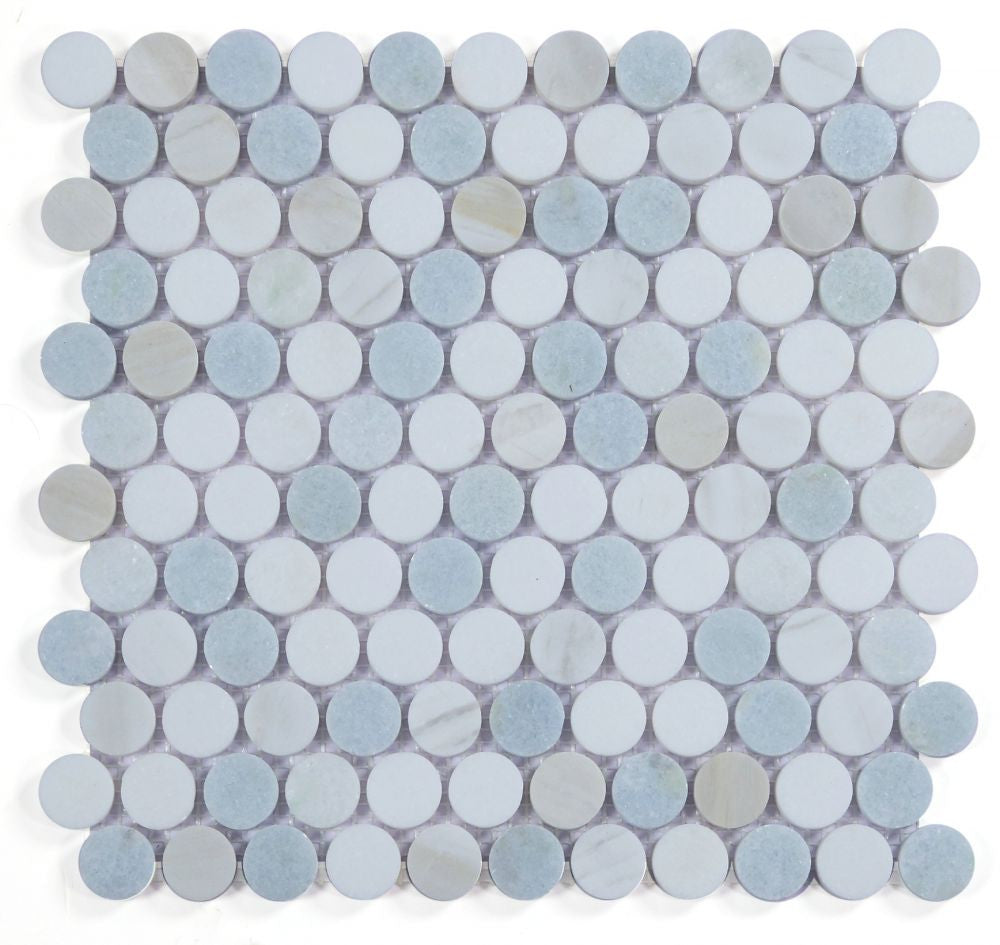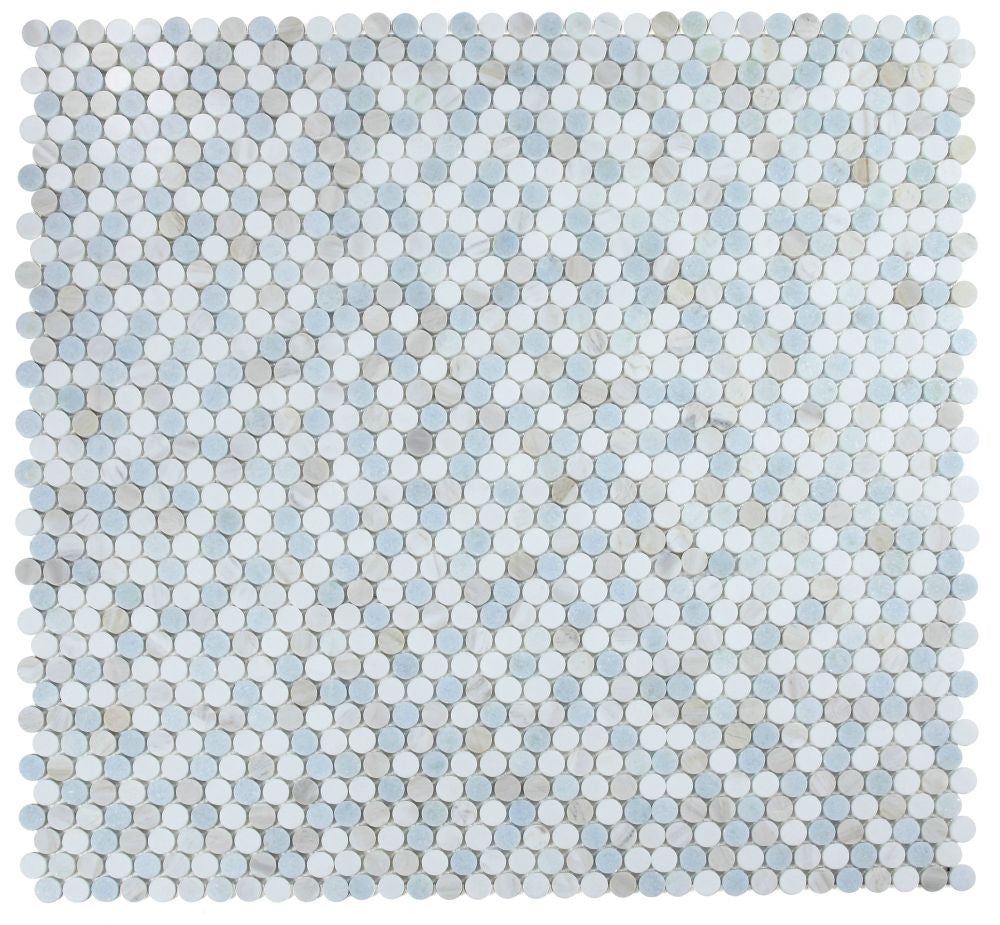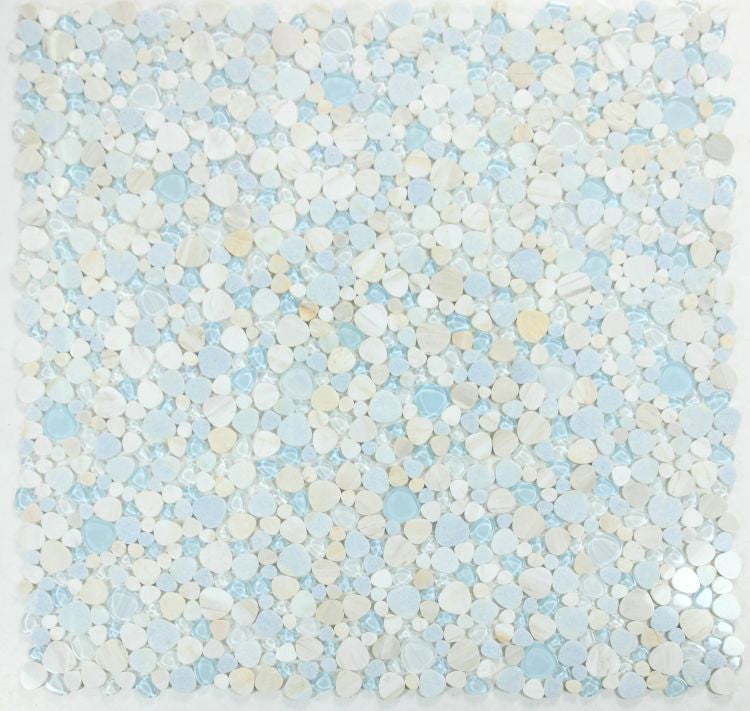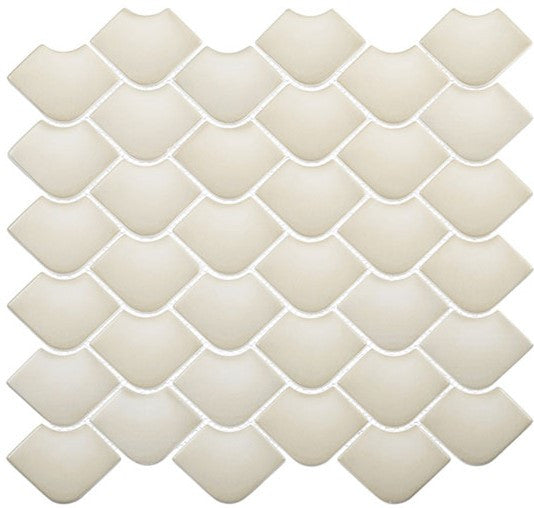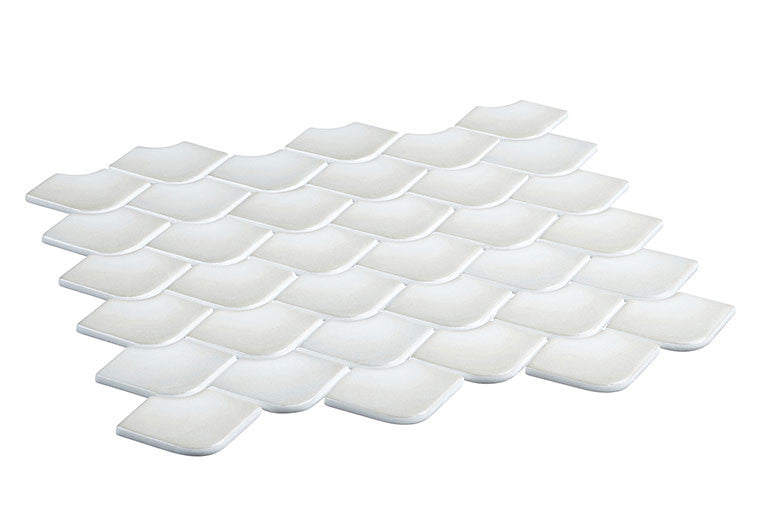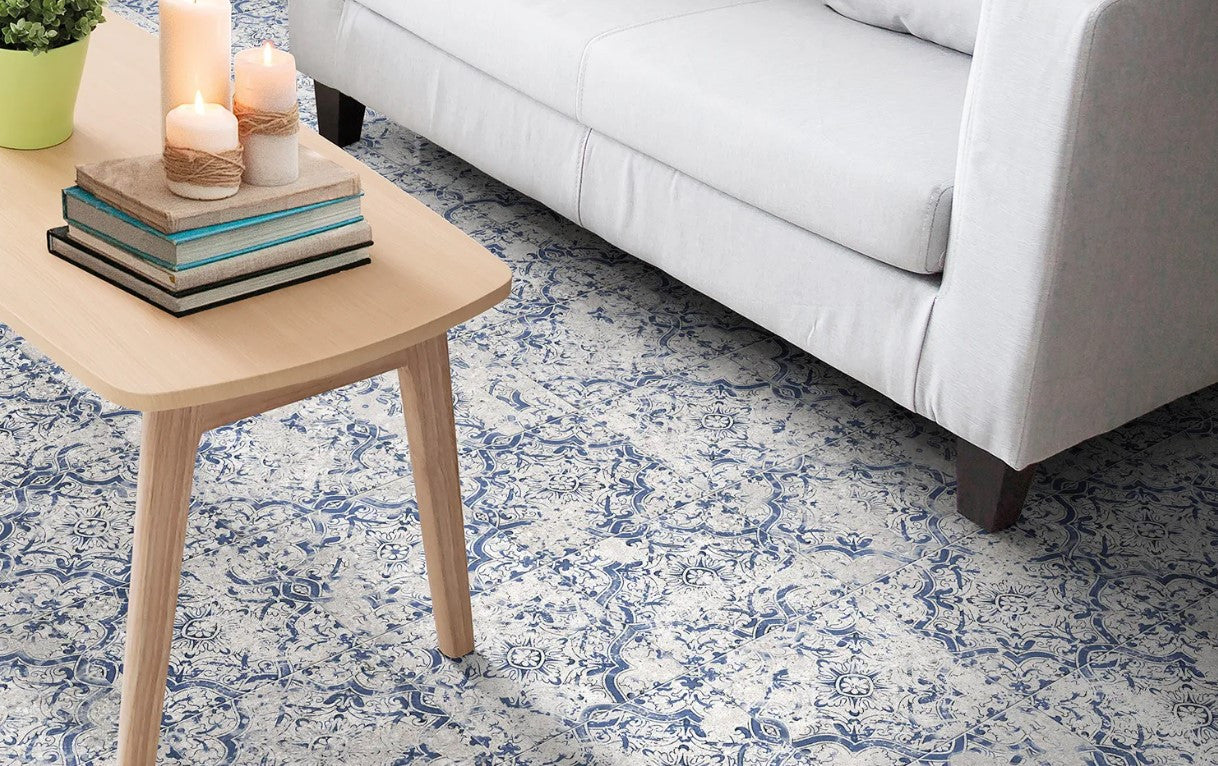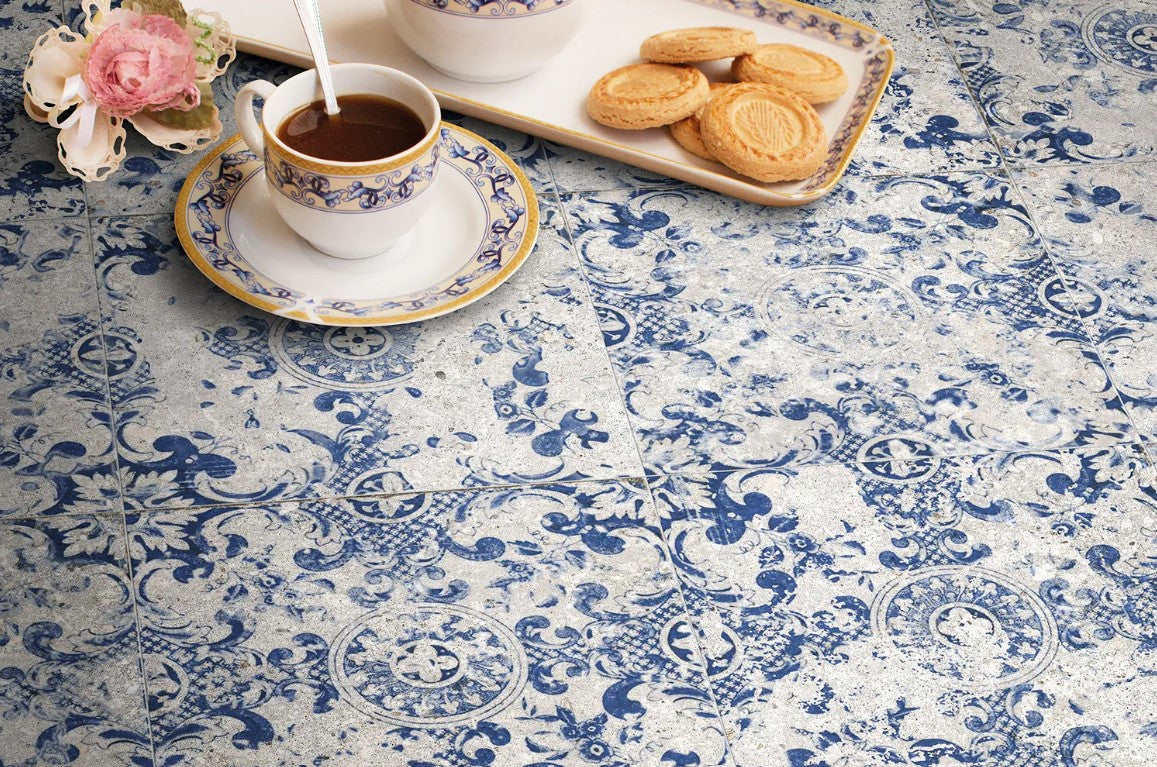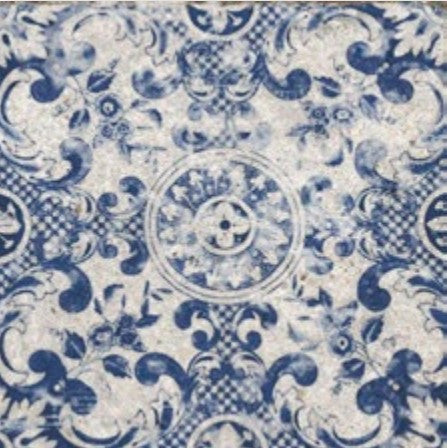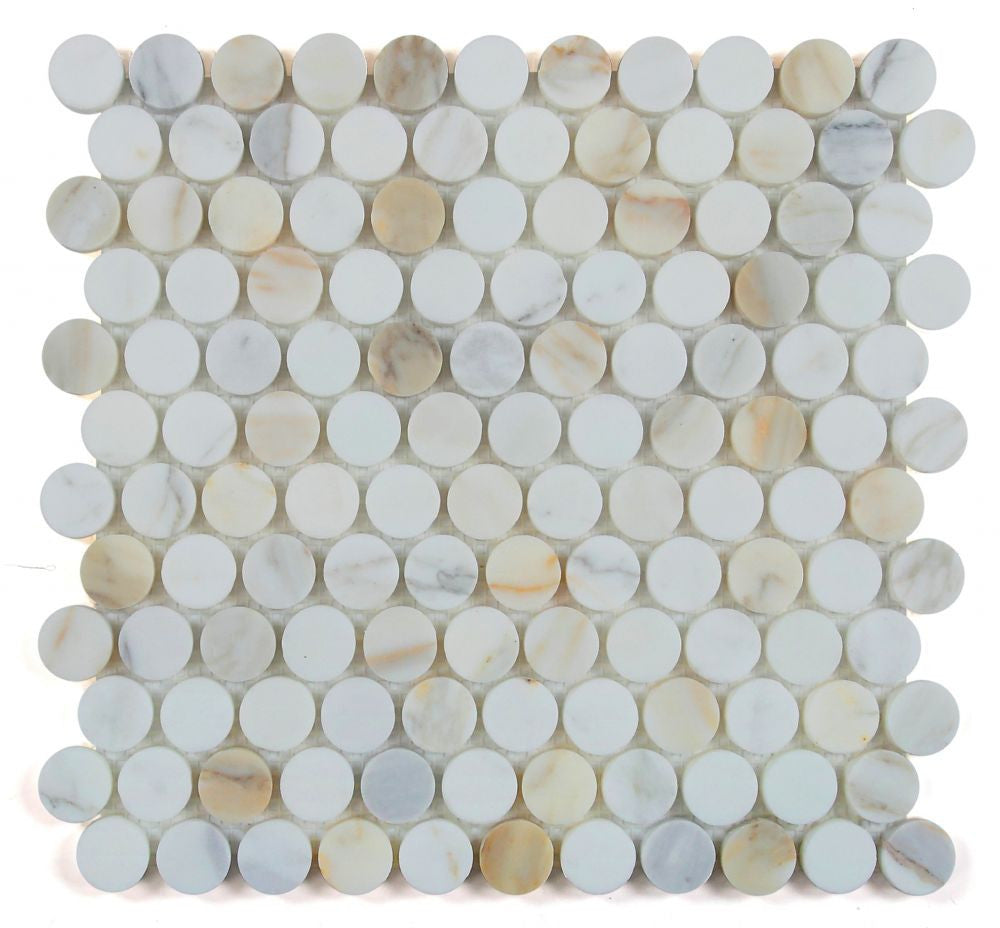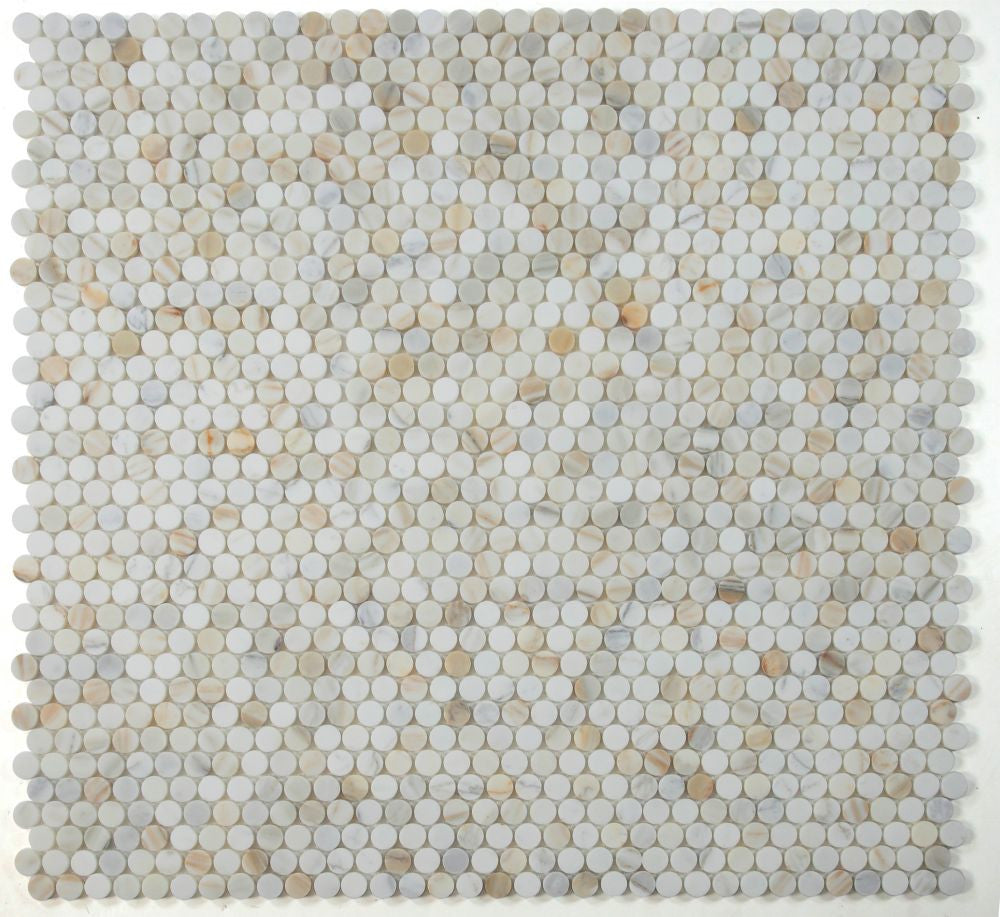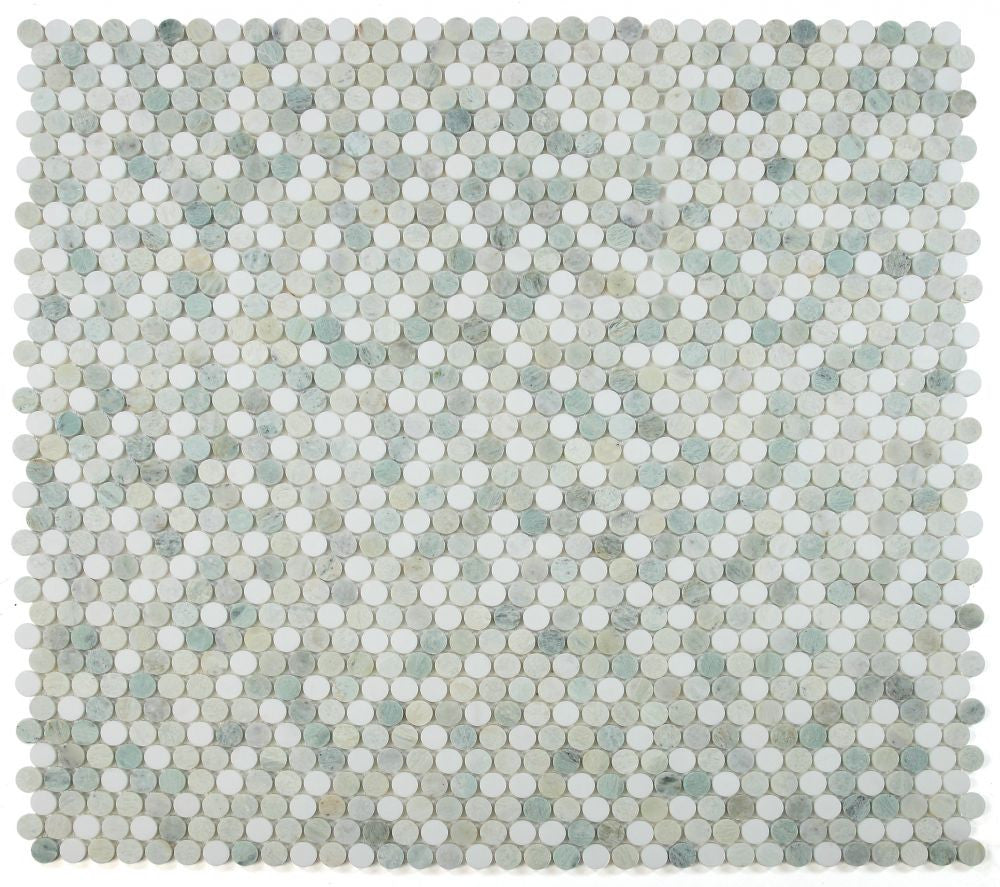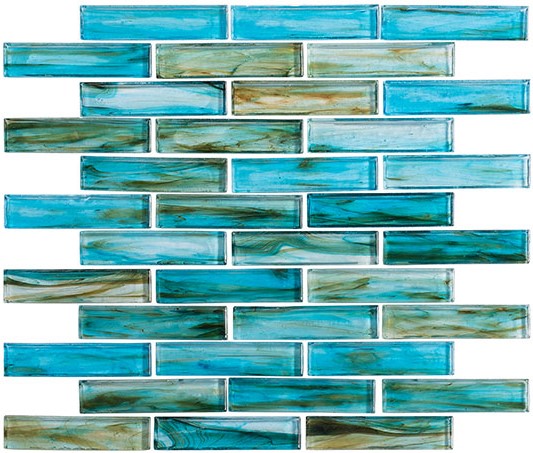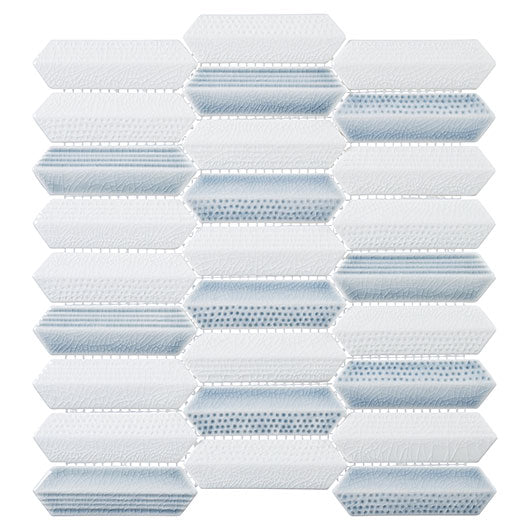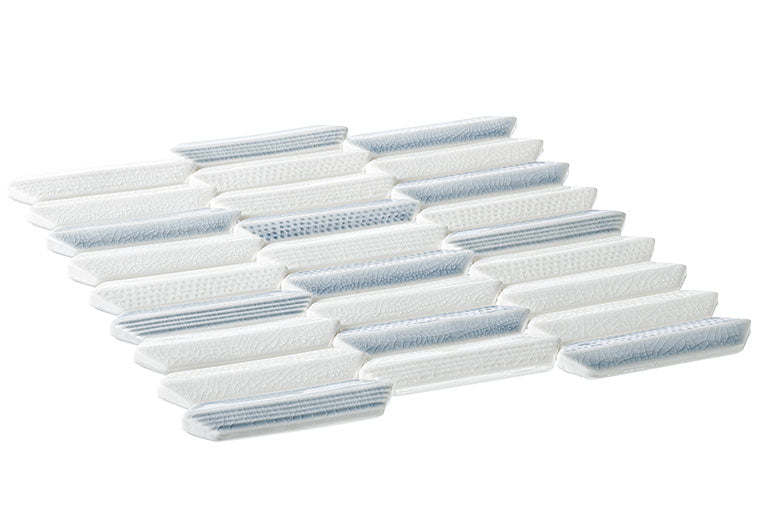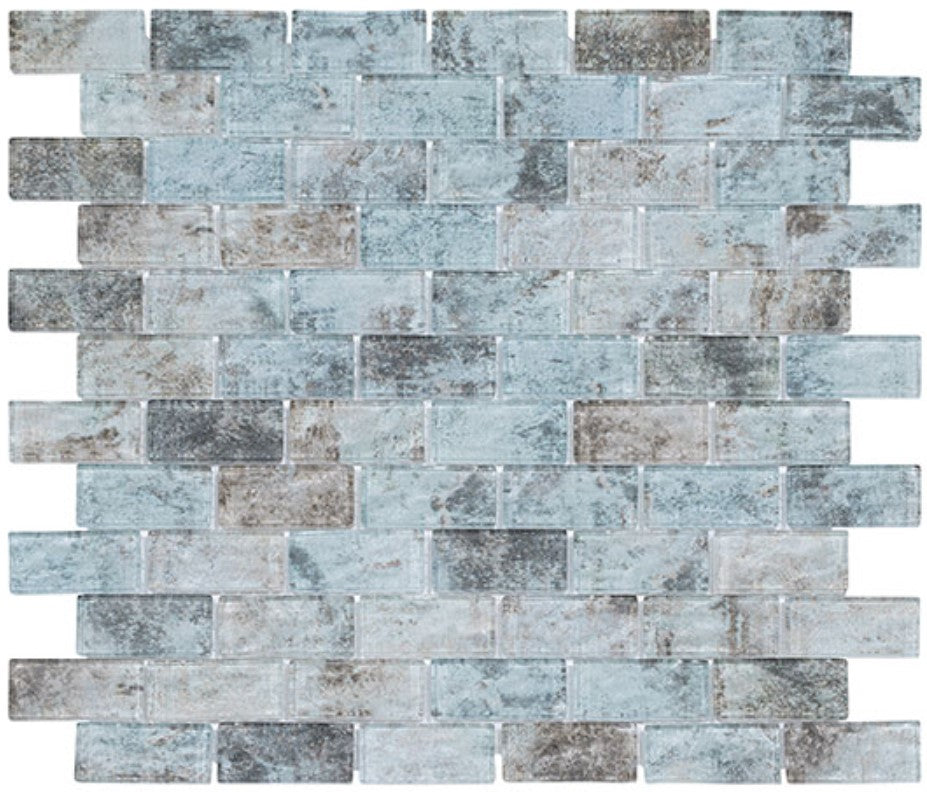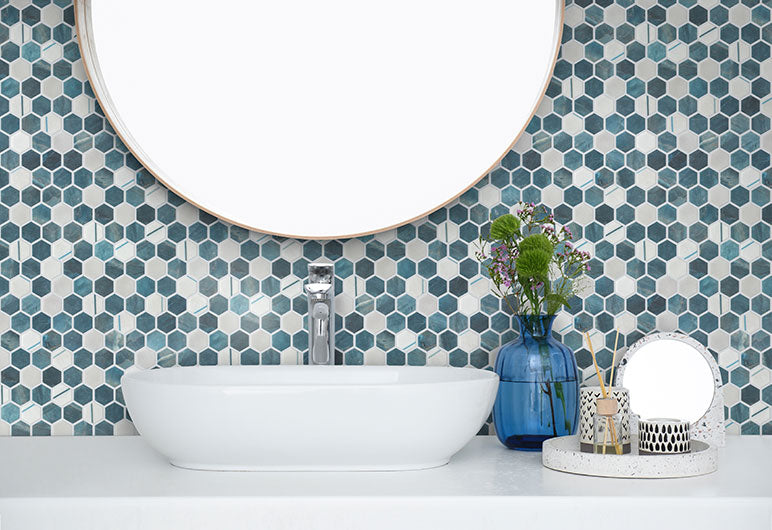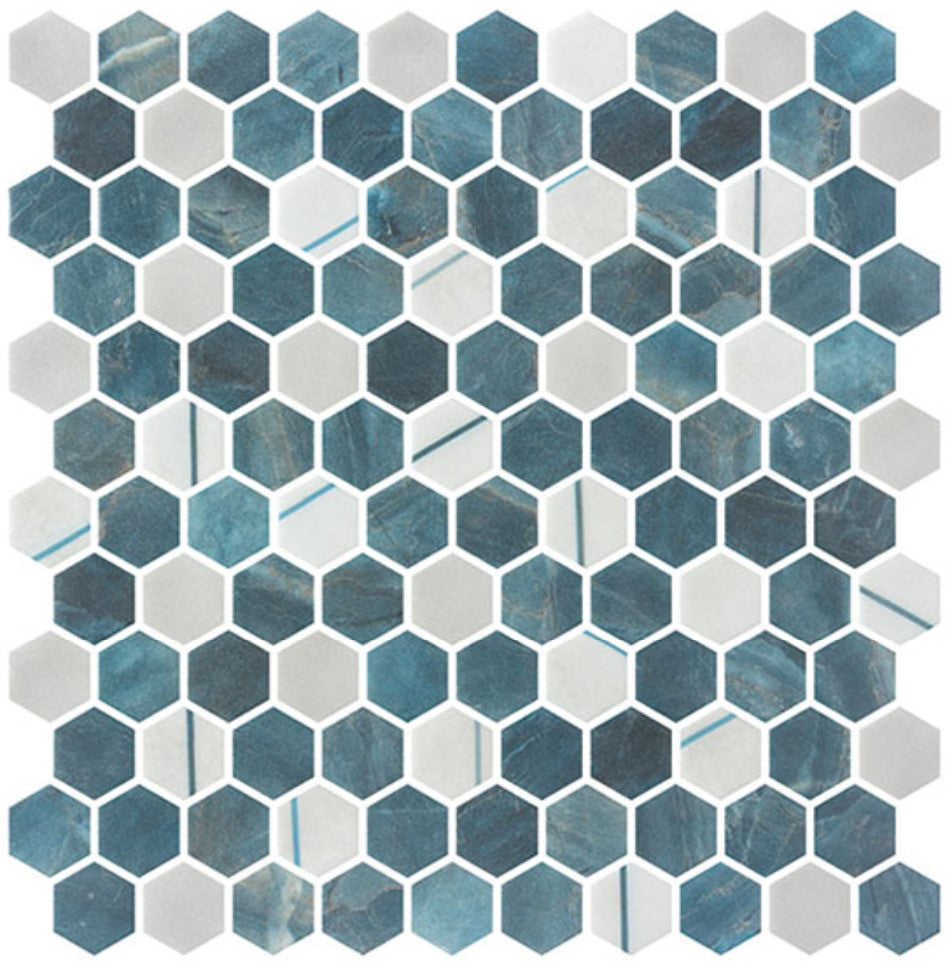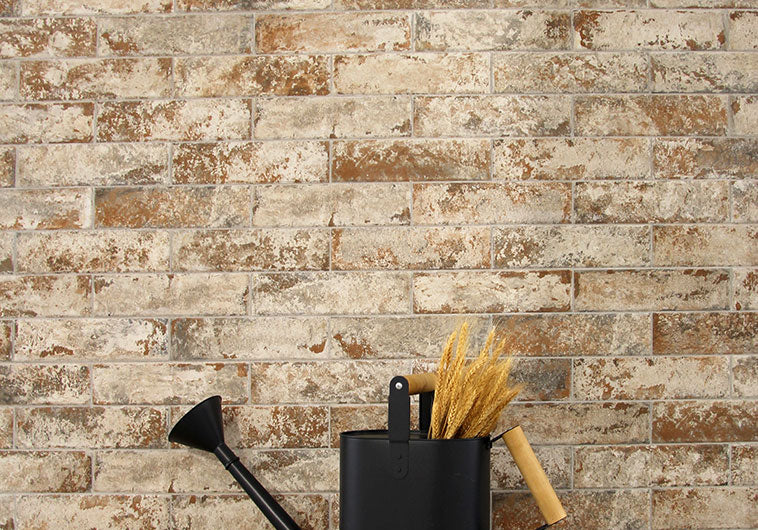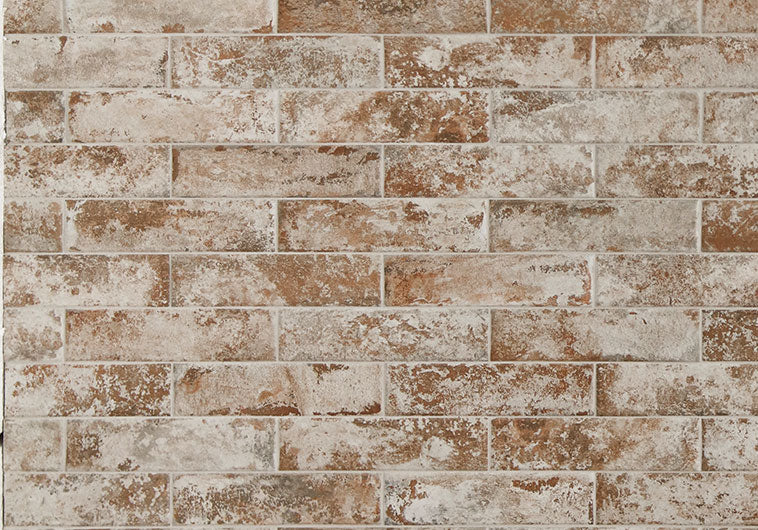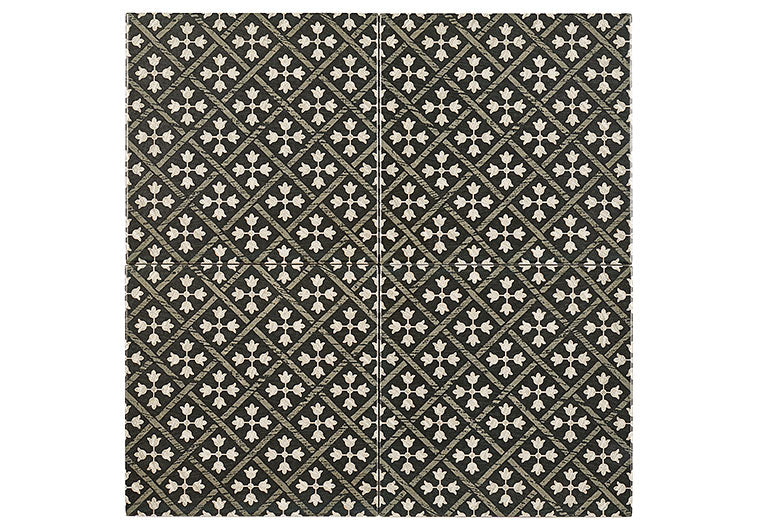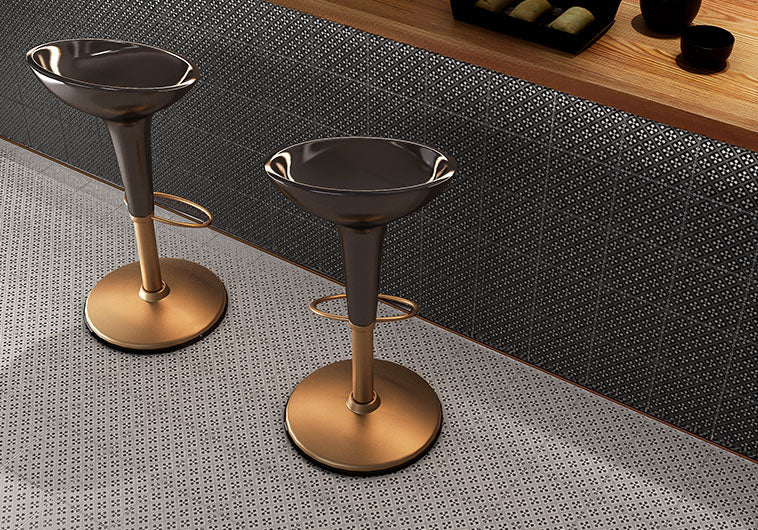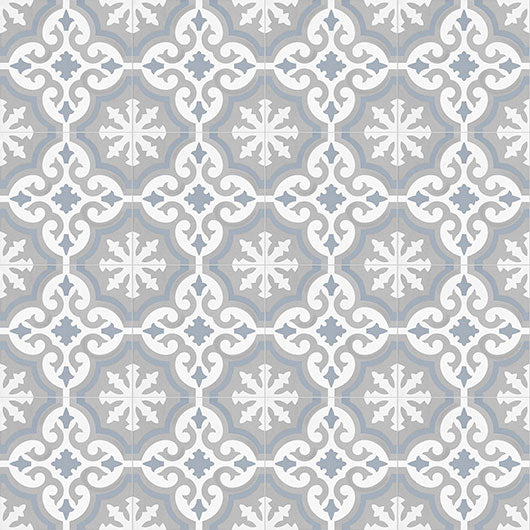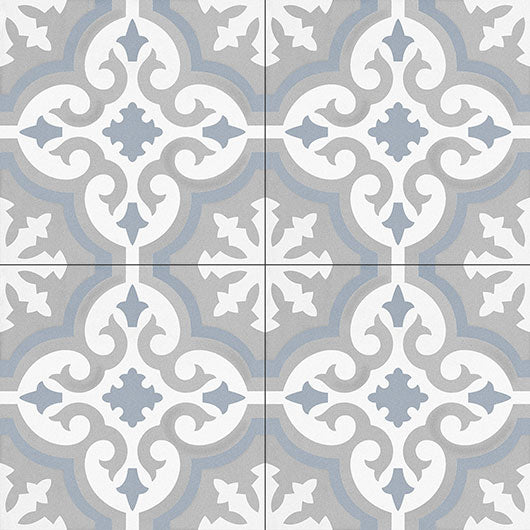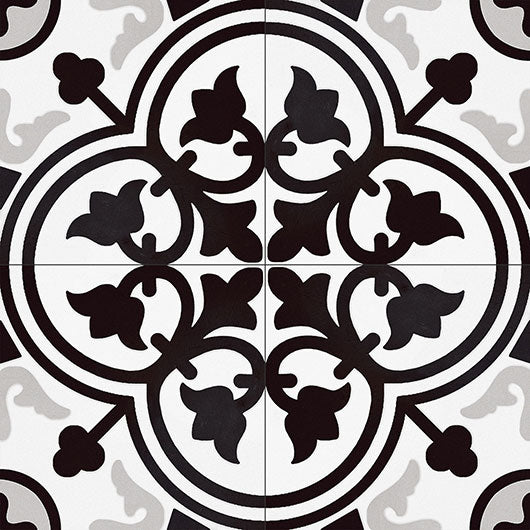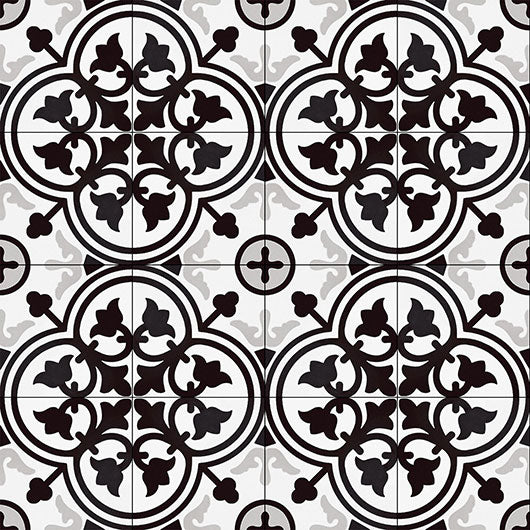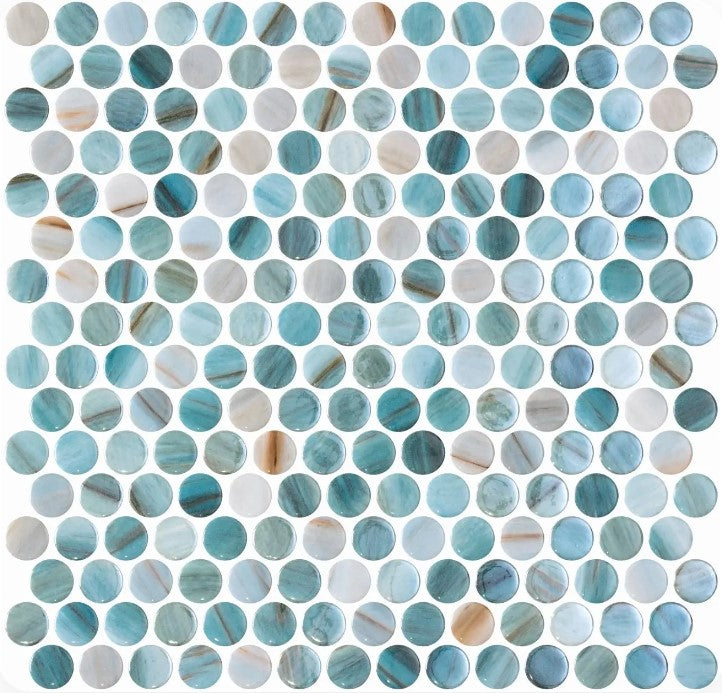Kitchen Backsplash Tiles
603 products
Showing 1 - 36 of 603 products
Blend Function and Design with Kitchen Backsplash Tiles
Cooking can be a joyful, messy affair—especially when you’re creating meals for your family or customers. That’s where kitchen backsplash tiles come into play. These tiles do more than add beauty—they protect your walls, cabinets, and surfaces from water, oil splashes, and food stains. At Tile Choices, we offer a curated selection of luxurious, high-performance backsplash tiles made from ceramic, porcelain, and stone in a wide variety of styles including mosaics, subway, basketweave, and more.
Our tiles are designed for easy maintenance, just a quick wipe with a sponge or cloth keeps them looking brand new. They’re not just functional; they reflect timeless elegance and bring personality to your kitchen.
Explore Popular Types of Kitchen Backsplash Tiles
1. Ceramic Backsplash Tiles: Timeless Beauty and Durability
Ceramic kitchen backsplash tiles offer a clean, refined look that works with both traditional and modern kitchens. With their moisture-resistant glaze and smooth surface, ceramic tiles resist heat and stains with ease. Available in a wide array of patterns, shapes, and colors—including vintage-inspired and contemporary styles—they’re an excellent choice for those who want a low-maintenance yet eye-catching backsplash.
2. Porcelain Backsplash Tiles: Practical Luxury
Porcelain backsplash tiles are a top choice for busy kitchens. Known for their dense structure and minimal water absorption, they are durable enough to withstand daily cooking messes while maintaining their sleek appearance. Glazed porcelain tiles offer a glossy or matte finish, and their rich tones and textures can elevate any kitchen’s ambiance.
3. Glass Mosaic Backsplash Tiles: Light, Color, and Artistry
If you want your kitchen to sparkle, glass mosaic backsplash tiles are a perfect fit. These tiles reflect light beautifully, enhancing even the smallest kitchens with a vibrant glow. Available in patterns like basketweave, rhombus, and classic mosaic, they come in various hues—from soft beige to bold aqua. They are a work of art that’s easy to maintain and incredibly resilient.
4. Stone Mosaic Backsplash Tiles: Natural Elegance
Natural stone mosaic tiles bring an earthy, organic feel to your kitchen. Featuring rich textures and natural variations in color, these tiles create a rustic charm that’s hard to match. Whether you're aiming for a farmhouse look or a Mediterranean vibe, stone backsplashes deliver timeless appeal with real character.
Tile Patterns That Match Your Style
Choose from Designs That Define Your Kitchen
Your kitchen backsplash should reflect your personal style. Whether you love the minimalist look or something bold and intricate, we have backsplash tile patterns that suit every design vision:
Popular Kitchen Backsplash Tile Patterns
- Basketweave: A vintage-inspired pattern that combines elegance and symmetry.
- Mosaic: A blend of small tiles in artistic arrangements for dynamic visual appeal.
- Hexagon: Geometric precision that adds modern flair with a sophisticated edge.
- Subway Tile: Classic and versatile, this design offers clean lines that never go out of style.
- Other Options: Rhombus, Pebble, French, and Square patterns for a custom finish.
Why Install Backsplash Tiles in Your Kitchen?
At Tile Choices, we go beyond selling tiles—we help you create spaces that inspire. Here’s why our backsplash tiles are essential for your kitchen:
1. Protects Against Moisture and Stains
Our tiles create a barrier against spills, splashes, and cooking messes. Whether you're cooking for your family or entertaining guests, your backsplash stays clean and pristine with minimal effort.
2. Enhances Aesthetic Appeal
With a broad palette of colors, textures, and finishes, our tiles add visual interest and sophistication to your kitchen. From glossy whites to deep matte hues, there’s a look for every taste.
3. Built to Last
Made from high-quality ceramic, porcelain, and natural stone, our tiles are designed to withstand heat, humidity, and daily wear. They’re an investment that maintains its beauty over time.
4. Versatile Design Options
Whether your kitchen leans modern, rustic, coastal, or industrial, our backsplash tiles offer the flexibility to match your desired look. You can seamlessly tie in your countertops, cabinets, and flooring.
5. Budget-Friendly Renovation
Backsplashes are one of the most cost-effective upgrades you can make. Whether you’re updating the entire kitchen or just refreshing a section, our tiles offer big impact without the big price tag.
Choose Tile Choices: Transform Your Kitchen with Confidence
When you install kitchen backsplash tiles from Tile Choices, you’re choosing more than surface protection—you’re selecting a bold design statement. Whether you love the charm of mosaic glass tiles or the rustic edge of stone, our collection brings your vision to life.
Let your kitchen speak for itself—sleek, stylish, and uniquely yours. Whether you're upgrading a modern kitchen or adding flair to a traditional space, you'll find the perfect backsplash tile that balances beauty with performance.
Be bold. Be different. Choose Tile Choices.
Frequently Asked Questions?
The best tiles for a kitchen backsplash are materials that combine style, durability, and easy maintenance. Popular choices include ceramic, porcelain, glass, and stone mosaics. Ceramic and porcelain are budget-friendly and simple to clean, while glass tiles add shine and reflect light beautifully. Stone options like marble or travertine bring natural warmth and texture to the space. The best option depends on the look you want and how much maintenance you’re comfortable with.
Most kitchen backsplashes rise between 18 and 24 inches, covering the space between the countertops and upper cabinets. However, full-height backsplashes—running from the countertop to the ceiling—are becoming increasingly popular. Ceiling-height tile behind a stove or around a window creates a clean, seamless look and makes the kitchen feel more custom and visually impactful.
Yes, kitchen backsplash tiles are designed to be low-maintenance. Smooth surfaces like ceramic, porcelain, and glass wipe clean with a non-abrasive household cleaner, making them ideal for high-splash zones. For textured or natural stone tiles, a penetrating sealer can help protect the surface and make routine cleaning much easier.
The best backsplash color depends on your cabinetry, countertop, and overall style. White, cream, gray, and soft neutrals offer a timeless look that pairs well with nearly any design. Bold colors—such as navy, emerald, or matte black—add personality and work well in modern or contemporary kitchens. If you're unsure, choosing a backsplash tile that complements or subtly contrasts your countertop is a safe, designer-approved approach.
The most popular backsplash size continues to be subway tiles, especially in 3 x 6, 2 x 8, and 4 x 12 formats. These sizes are versatile and work with both classic and modern layouts. Common patterns include:
Classic offset/brick for a traditional look
Vertical or horizontal stacked for a clean, modern aesthetic
Herringbone to create movement and a high-end feel
Chevron for a stylish, directional pattern
These layouts enhance the visual interest of the kitchen without overwhelming the space.
Kitchen Backsplash Tile Choices


